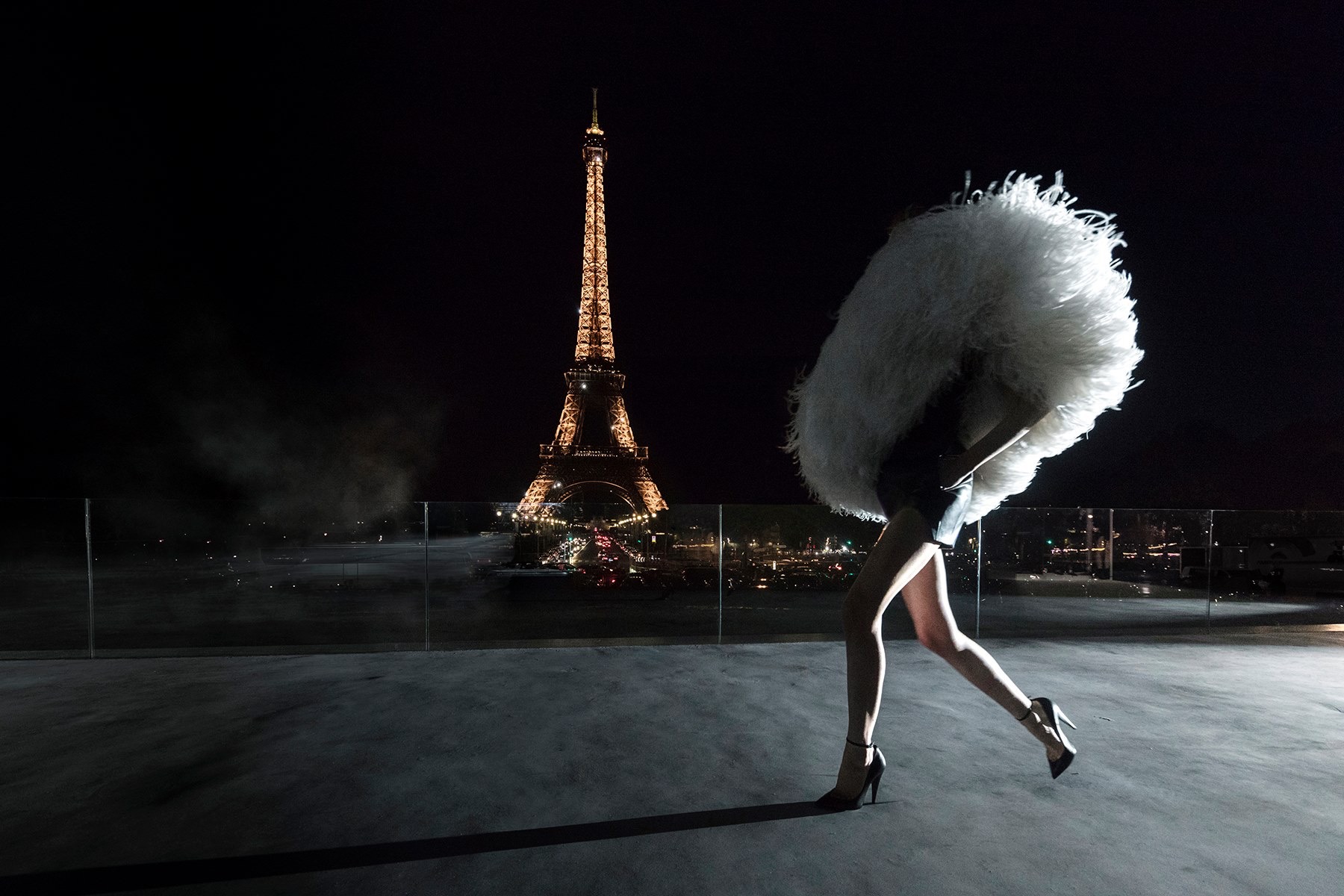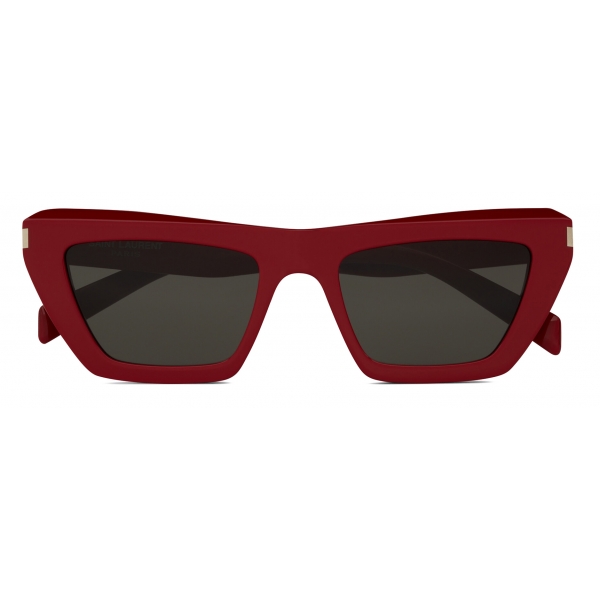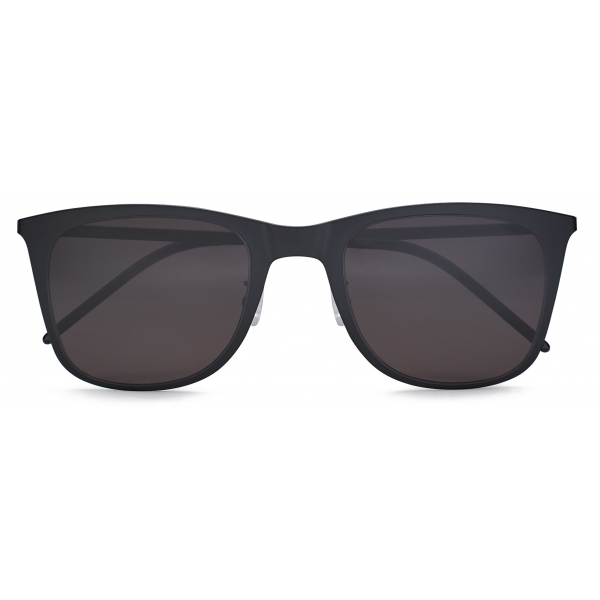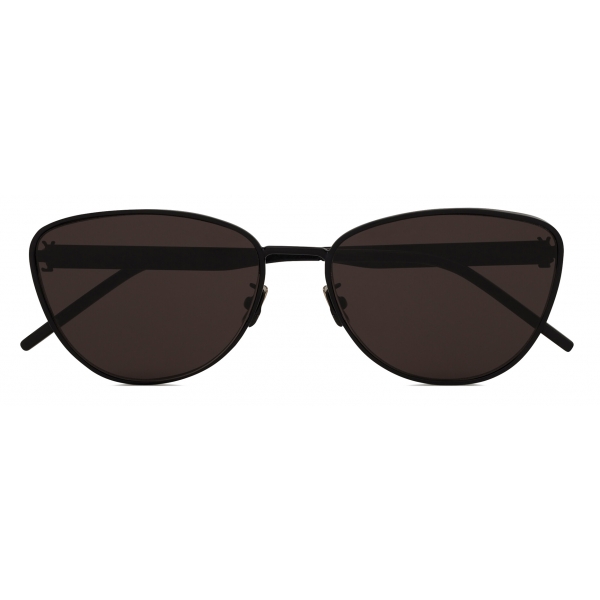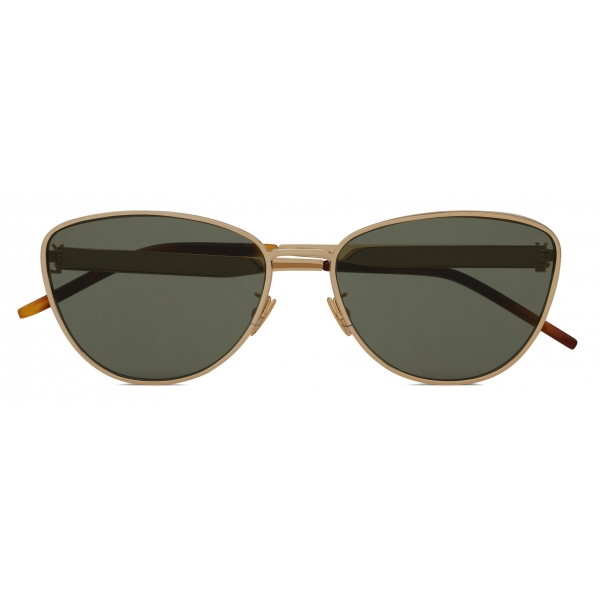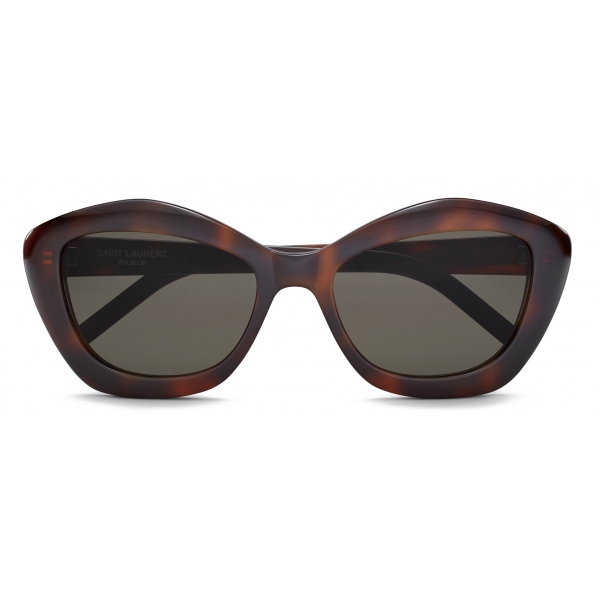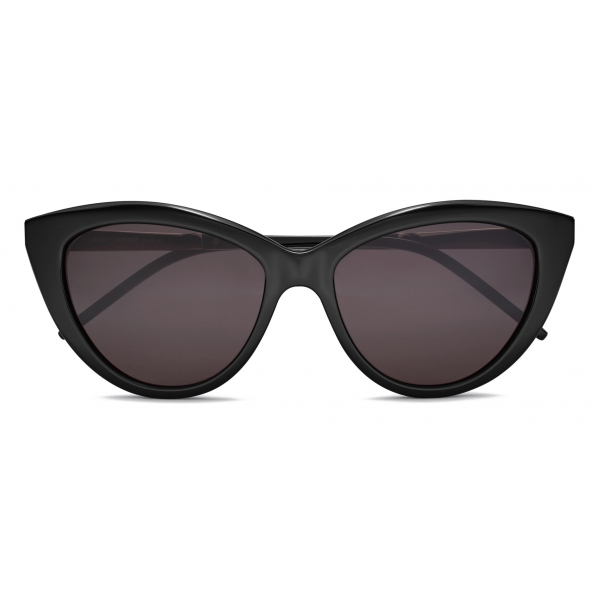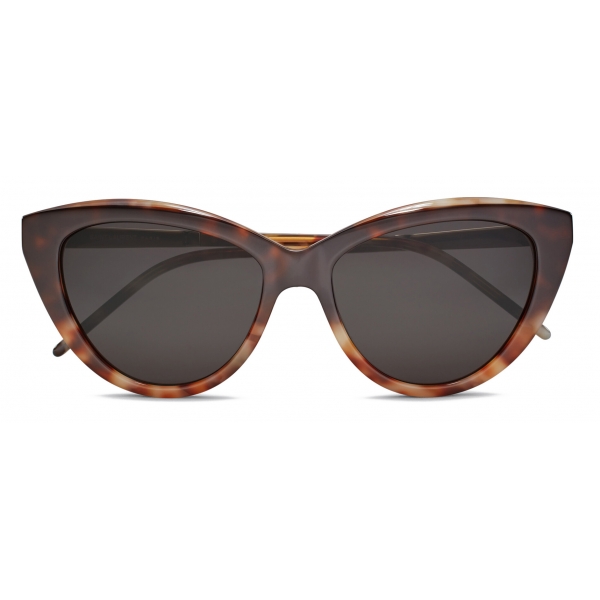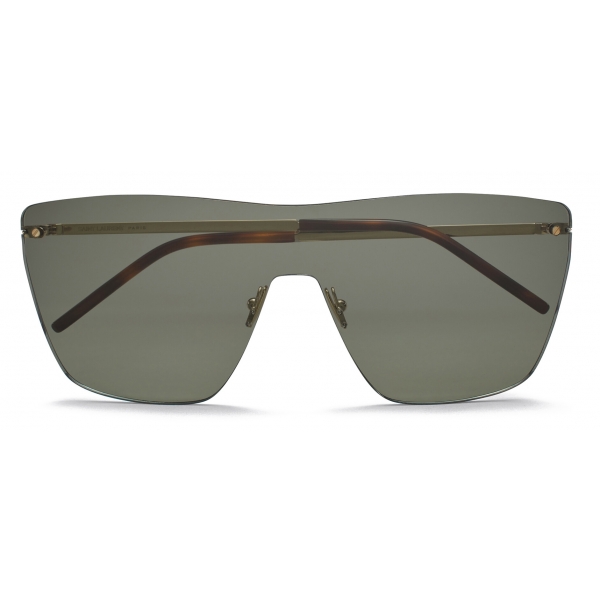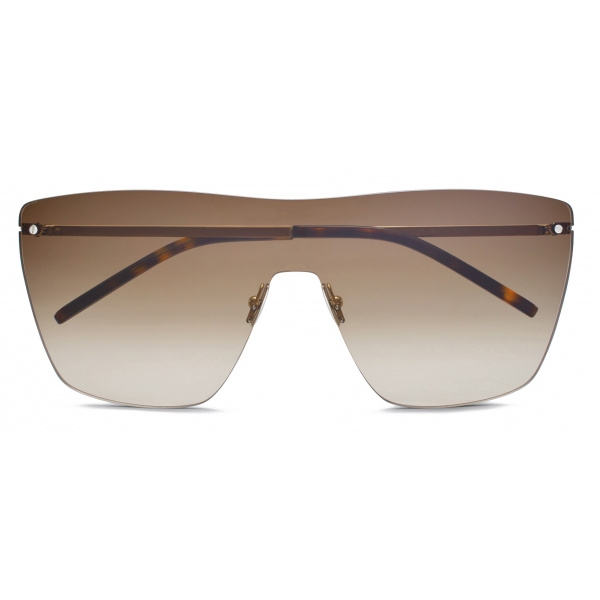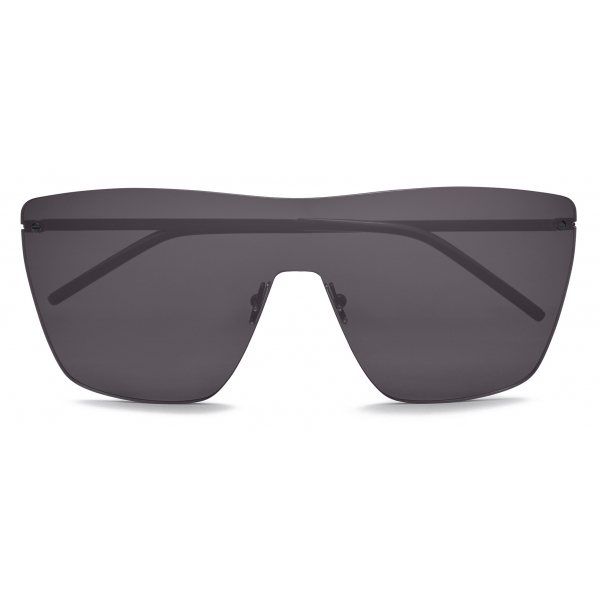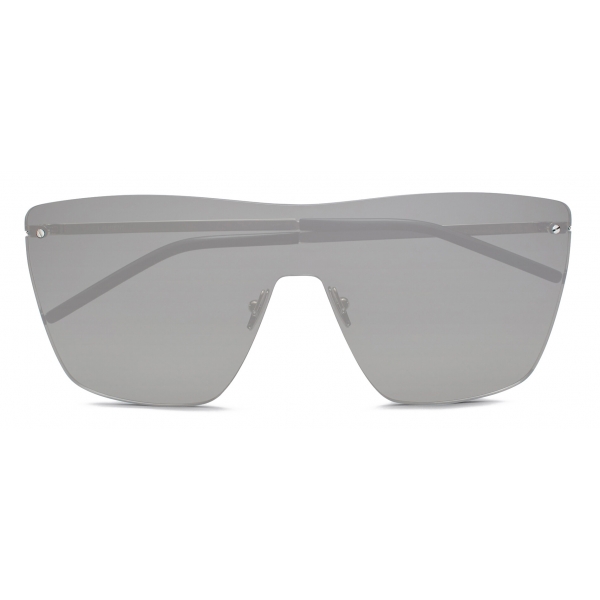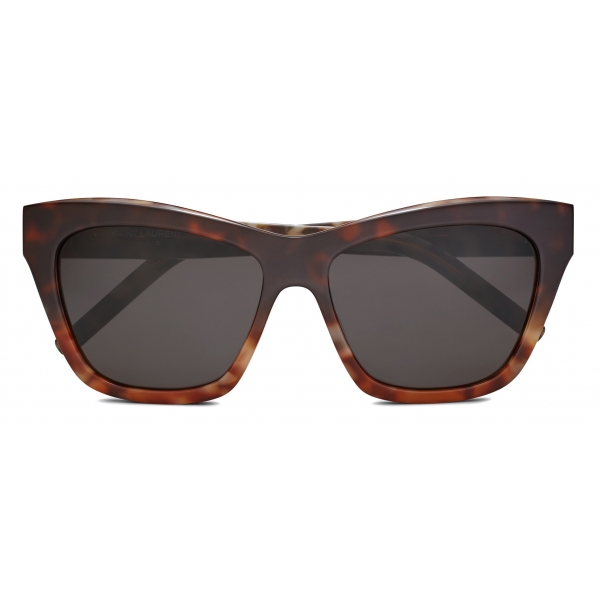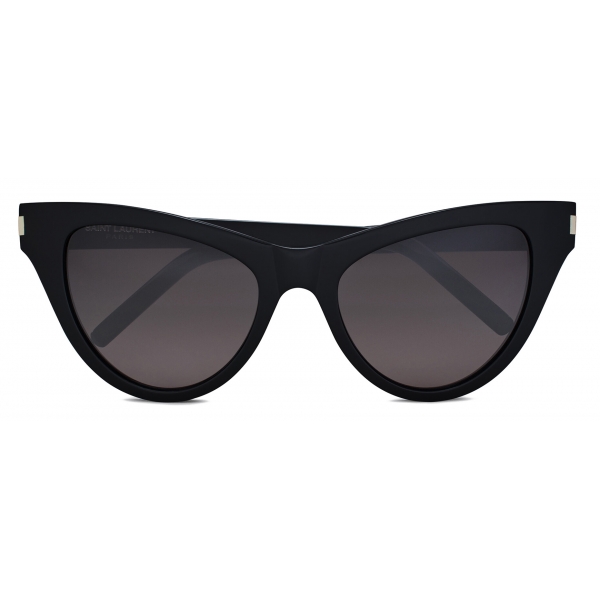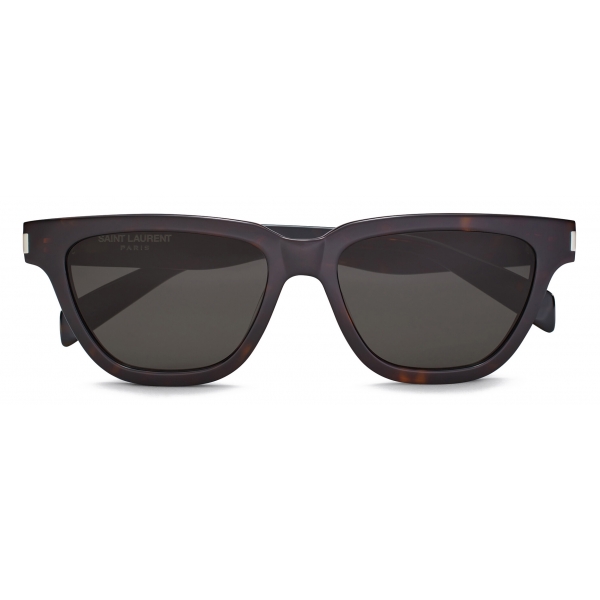No products
Categories
- Fashion Accessories
- Clothing
- Beauty & Lifestyle
-
Hi-Tech & Lifestyle
- Gaming
-
Case
- iPhone 11 Pro
- iPhone 11 Pro Max
- iPhone 11
- iPhone X / XS
- iPhone XS Max
- Samsung S10 / S10+ / S10e
- Huawei P30 / P30 Pro / P30 Lite
- Huawei P20 / P20 Pro / P20 Lite
- iPhone XR
- Samsung S9
- Samsung S9+
- iPhone 8 / 7
- iPhone 8 Plus / 7 Plus
- Samsung S8
- Samsung S8+
- Samsung S7
- Samsung S7 Edge
- iPhone 6 / 6 s
- iPhone 6 Plus / 6 s Plus
- iPhone 5 / SE
- Skin
- Audio
- Smart Home
- Drones & Hoverboard
- Photo & Video
- Desk Supplies
- Accessories
- Games
- Beverages
- Food
- Home
- Jewelry
- Luxury
- Travel
- Art
- Footwear
- Vintage Fashion
- Restaurants
- Sport
- Animals
- Gift Ideas
- Kidswear
Extra
Yves Saint Laurent Eyewear
The Last Couturier
«If Chanel gave women their freedom, it was Saint Laurent who empowered them » − Pierre Bergé
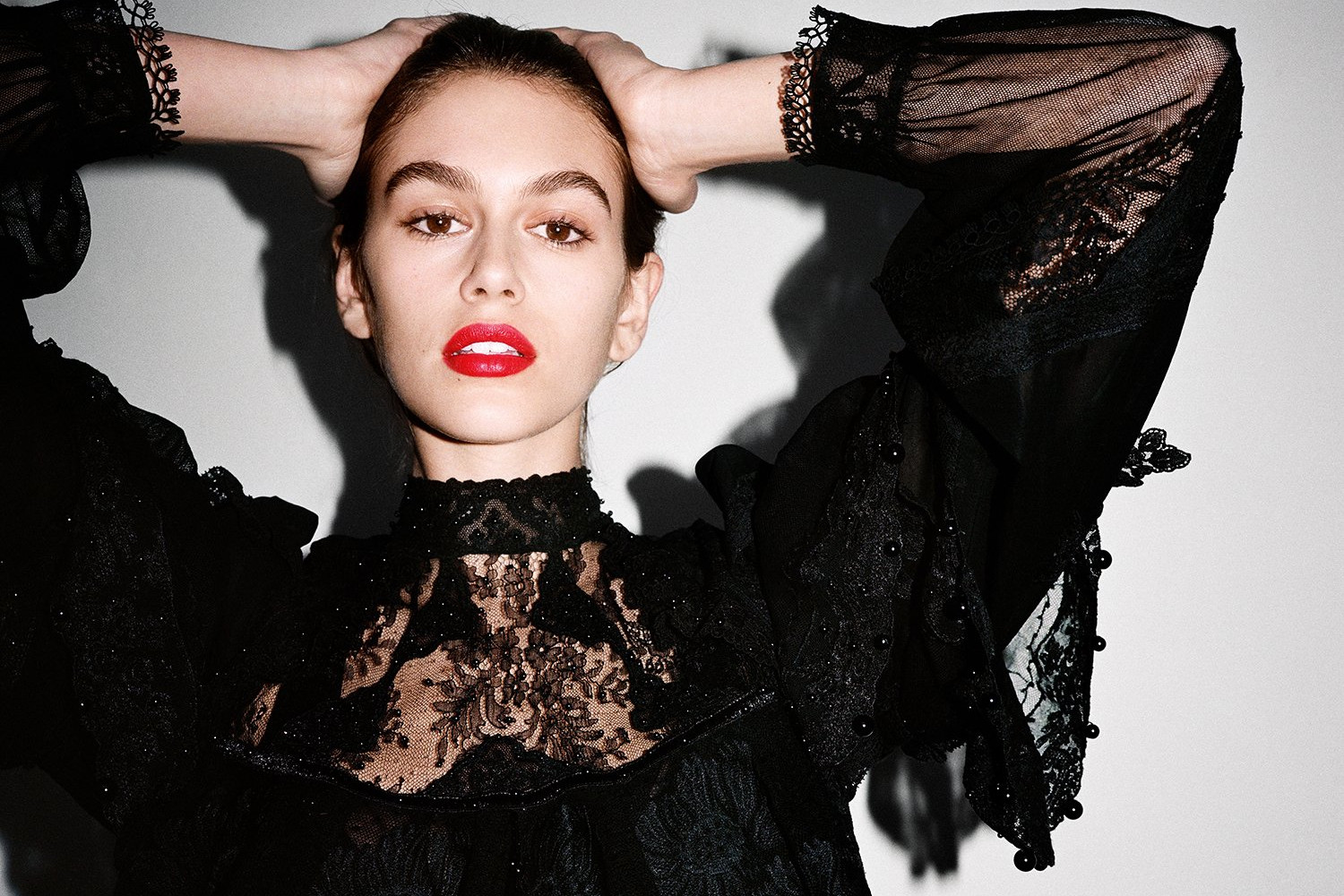
History
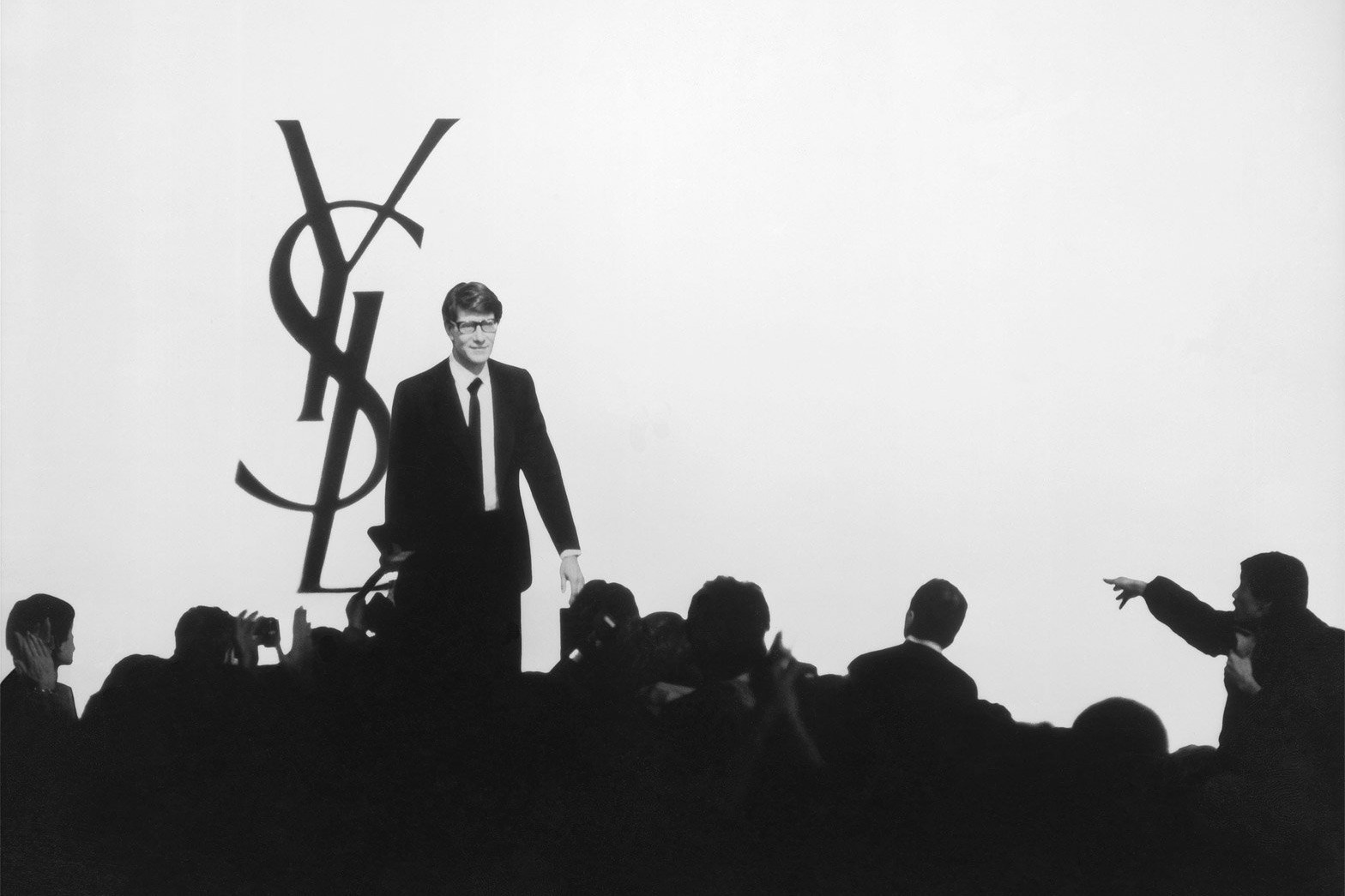
Yves Saint Laurent, an Haute Couture designer that changed how the modern woman dresses, and has made it an art.
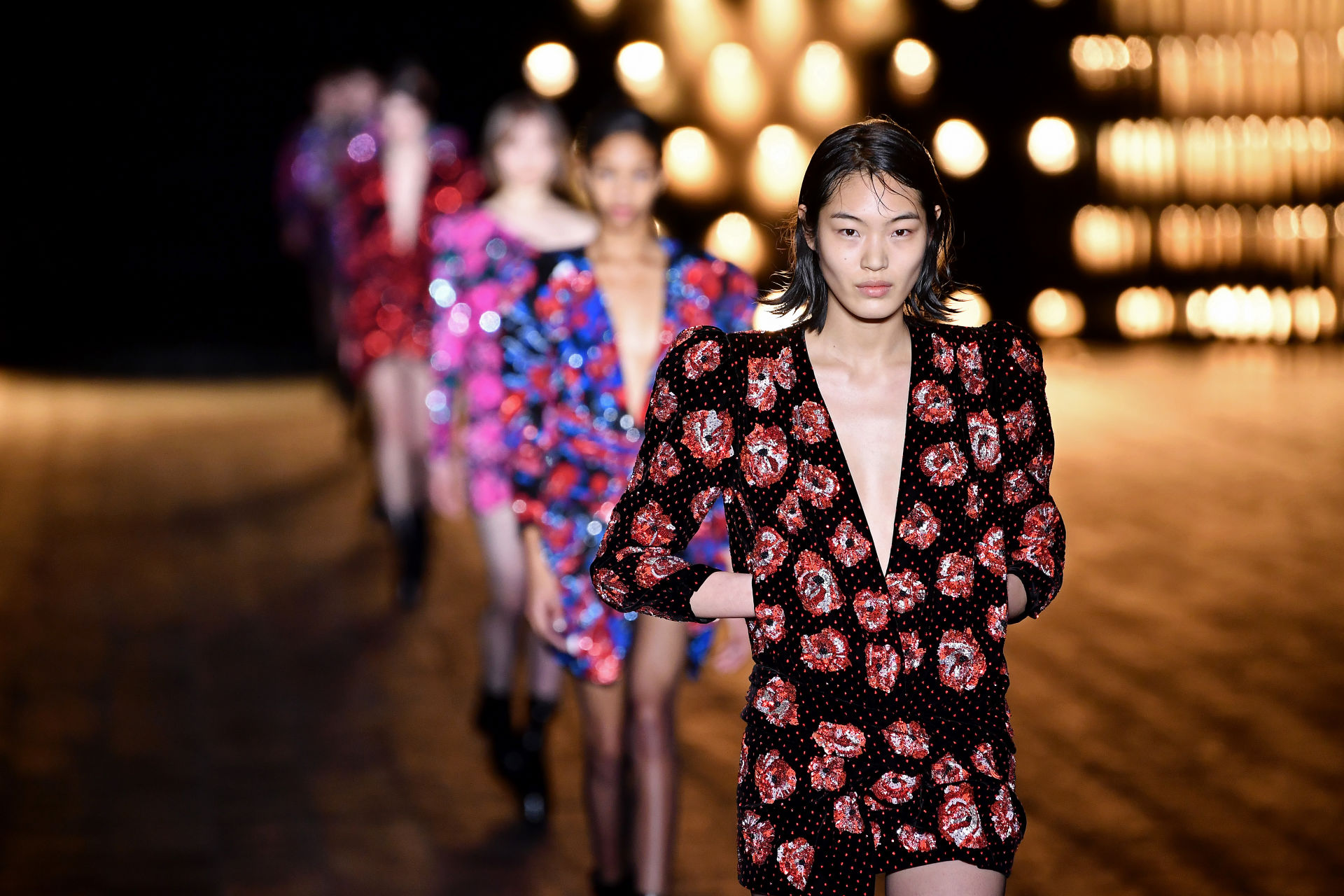
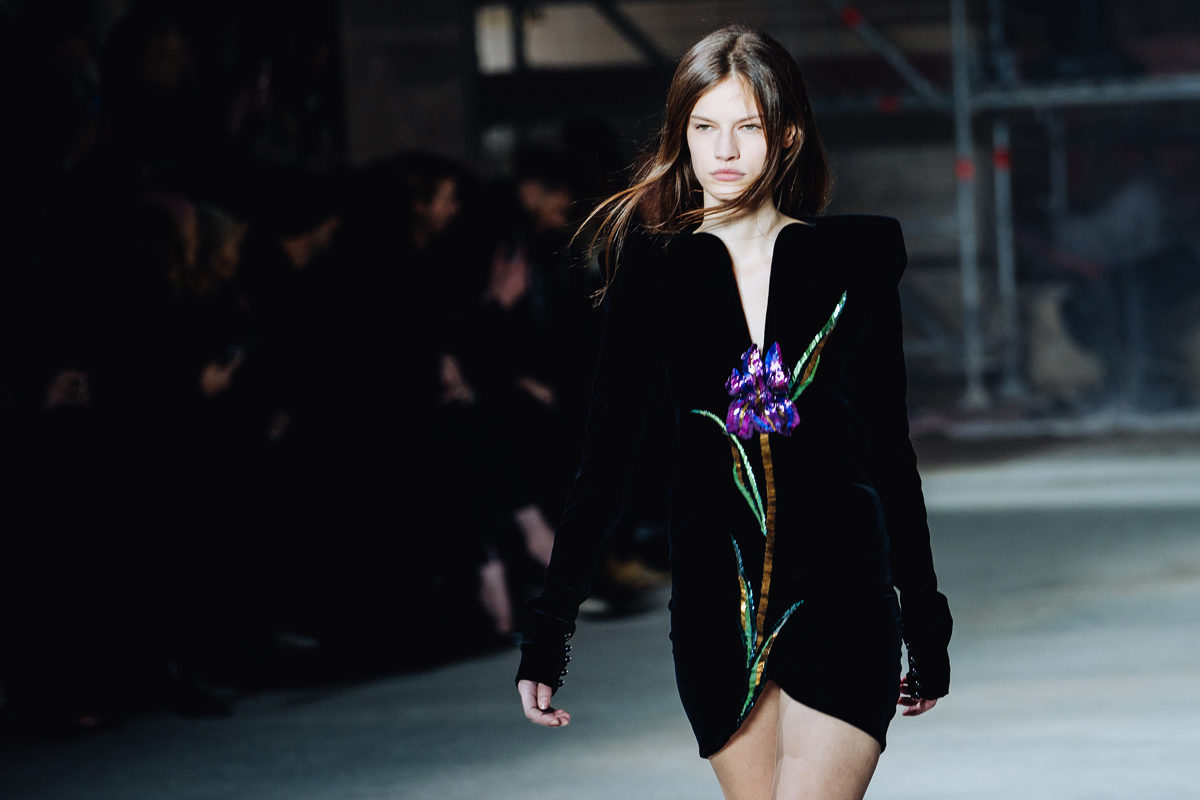
A Designer born from his passion for art, the signature style of his collections, where he unites opposites of this beautiful Universe to which he has always belonged. Yves Saint Laurent, the last of the Haute Couture Designers, born on August 1st in the French colony of Oran, Algeria.
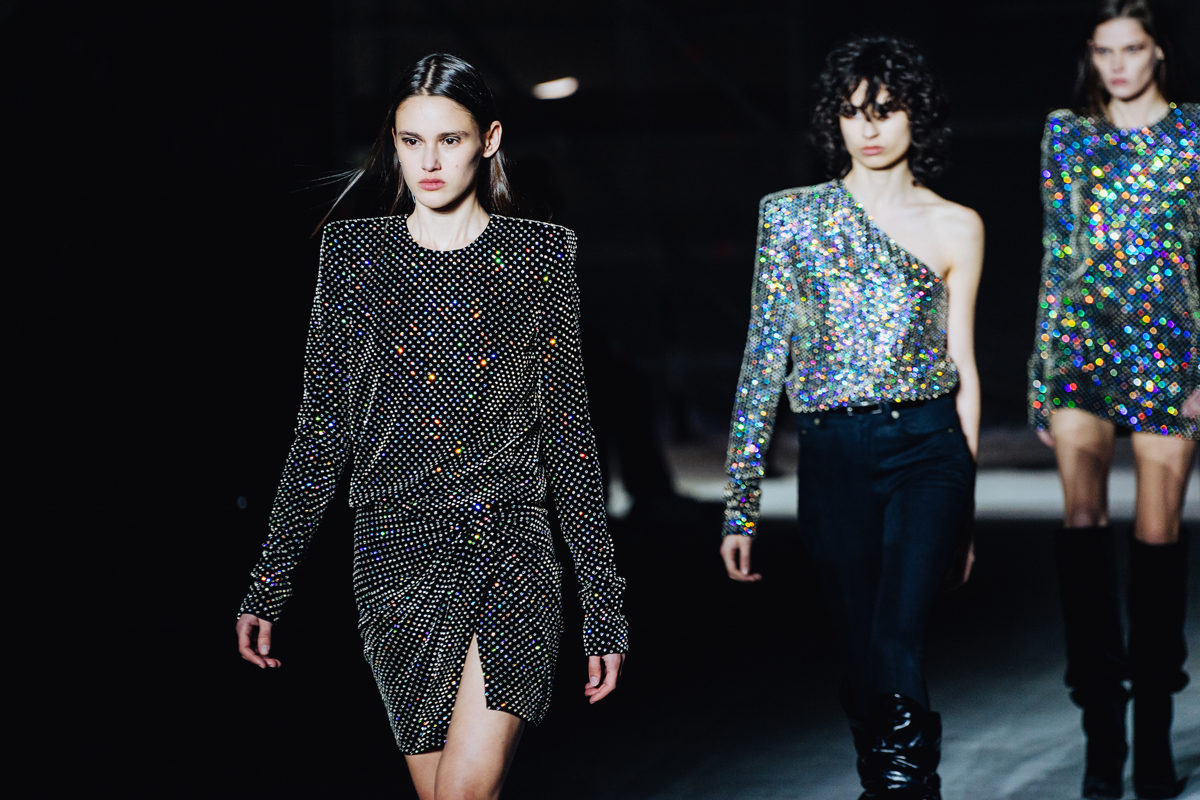
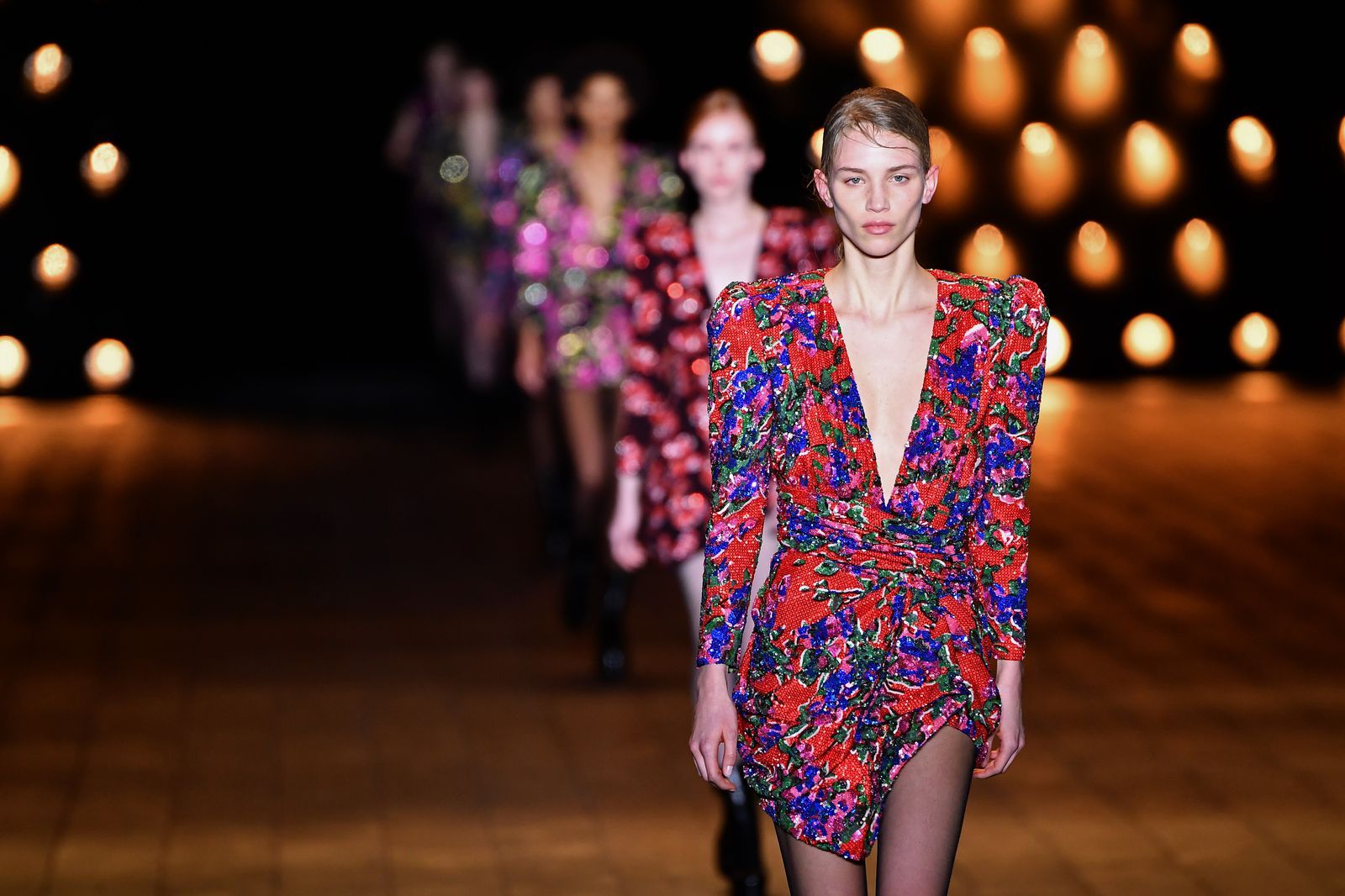
At only 18 years of age he moved to Paris to follow his dream, to win the International Wool Secretariat contest, designing a black cocktail gown with an asymmetrical neckline that was later created by Hubert de Givenchy.
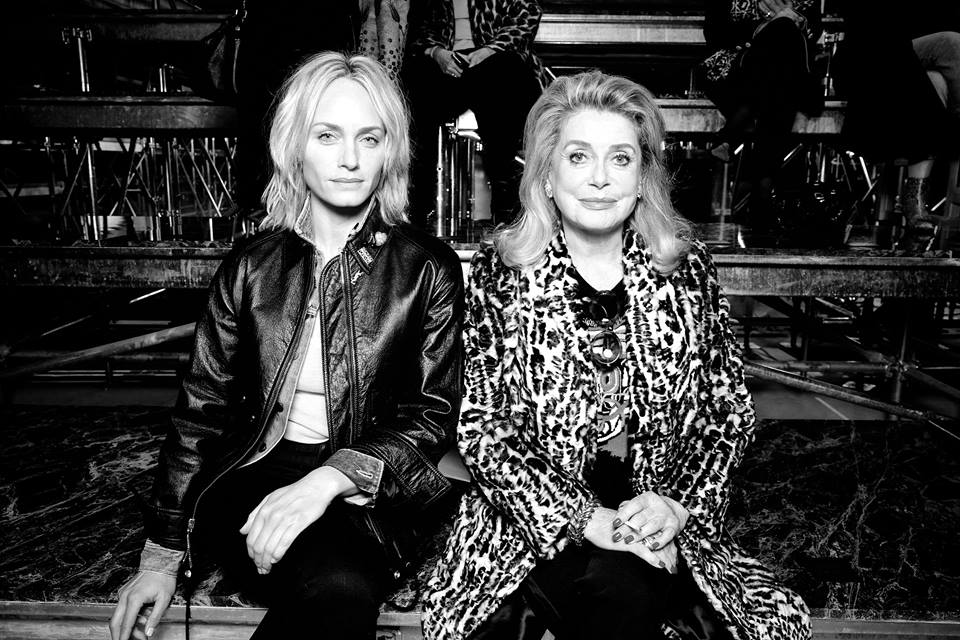
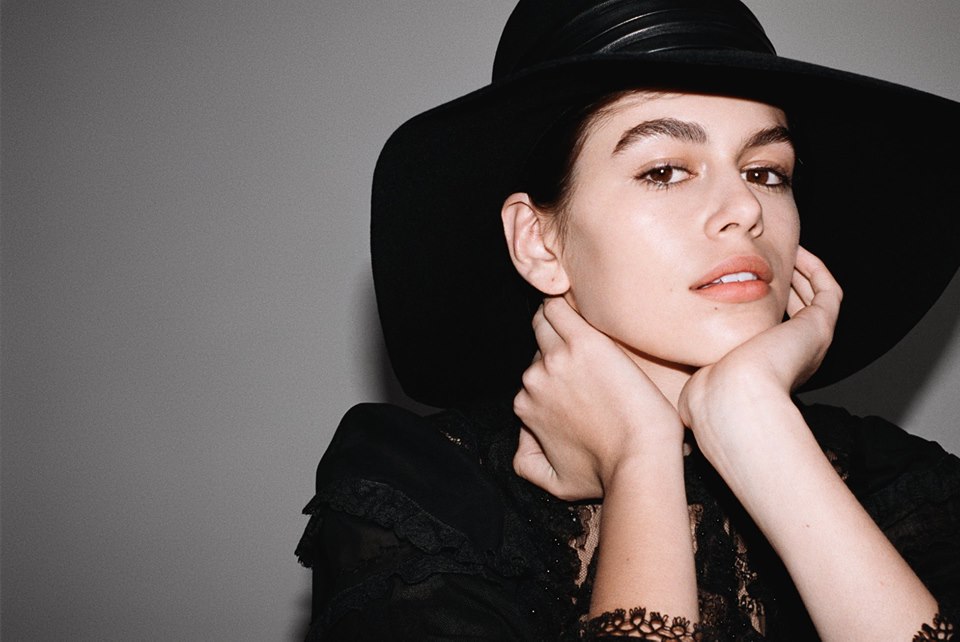
In the mid-1950’s he joined the “Maison Dior”, taking the place of the designer, he then created the “Trapéze” collection that changed French fashion forever.


A few years later, Yves opens up his own maison du Haute Couture in collaboration with Pierre Bergé and the financial support of J. Mack Robinson, an American that had seen a rare drive in the young designers: it is 1962, the year that the legend was born.
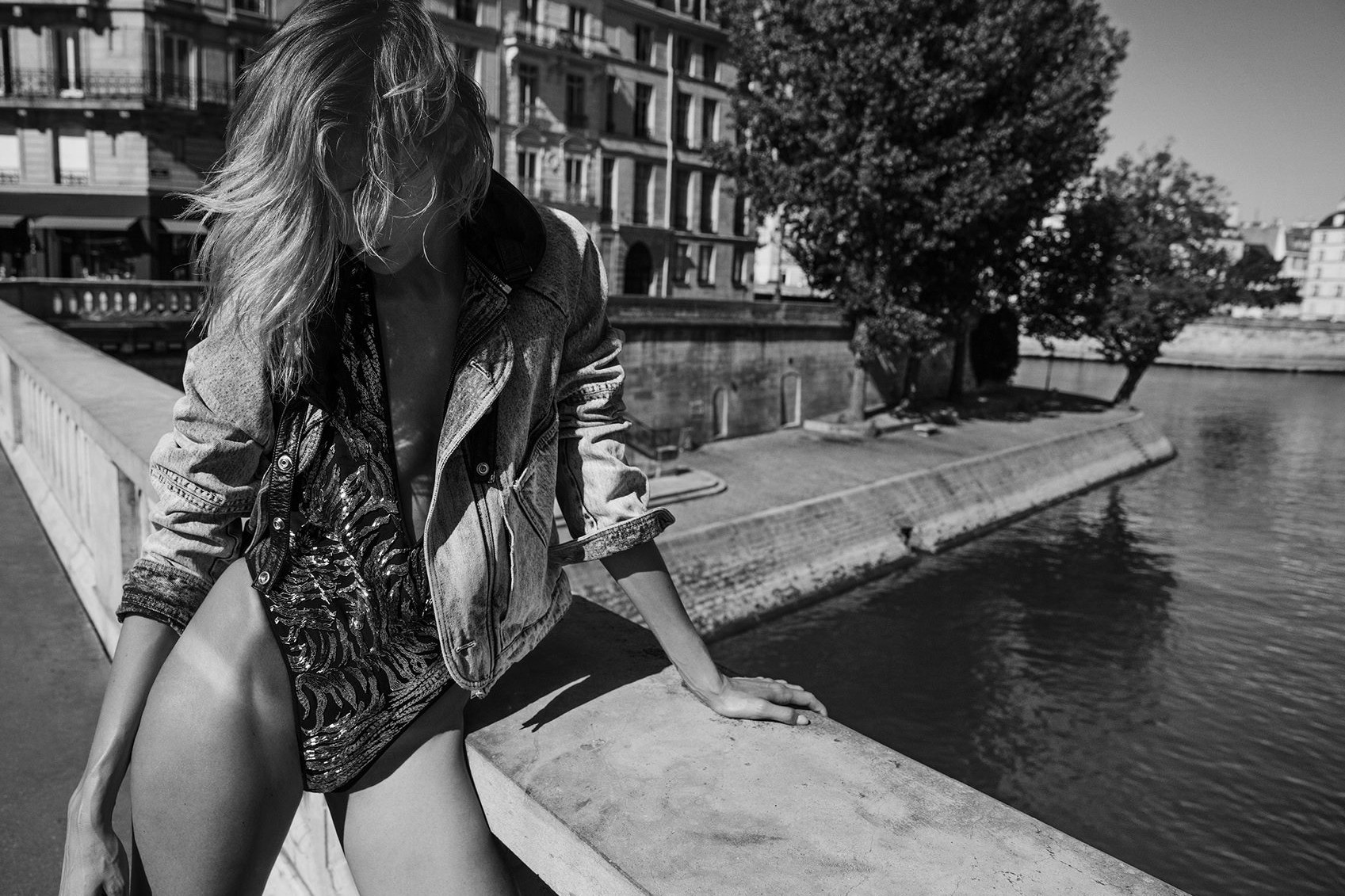
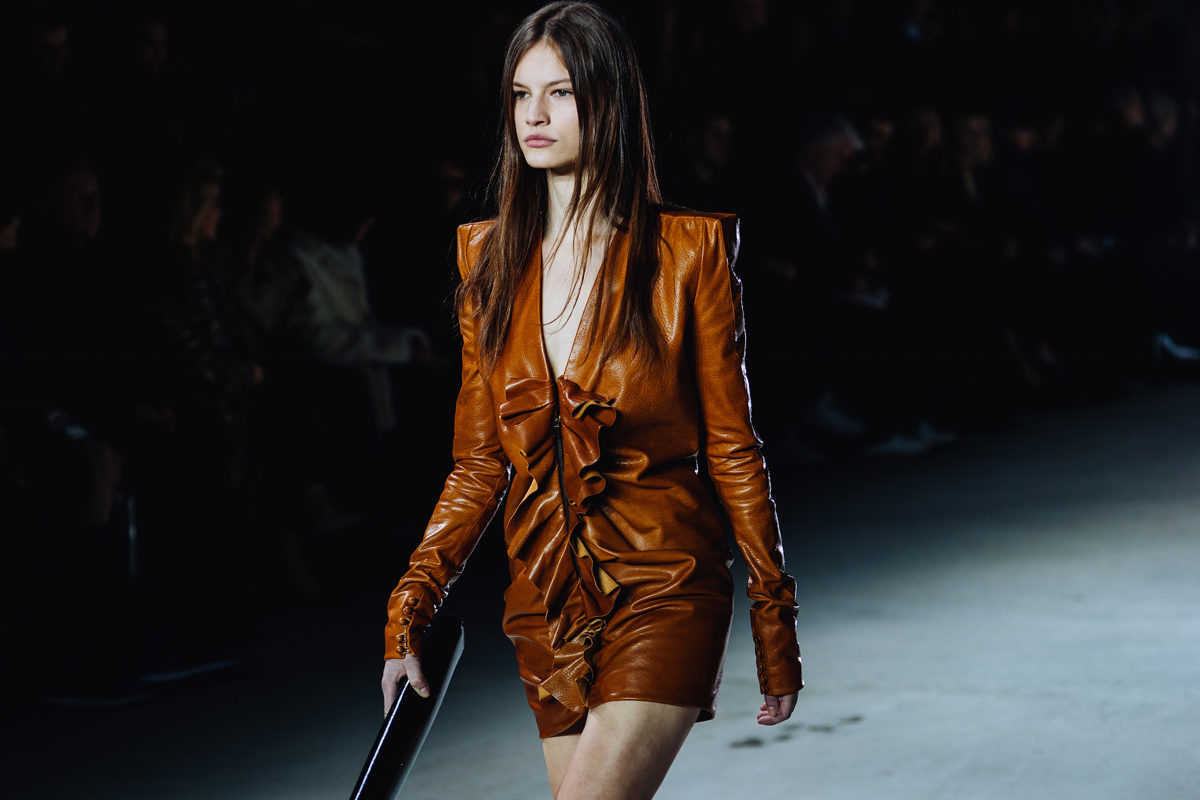
His very first collection was presented on January 29th, 1962 and was defined by Life as “the best tailleur collection around after those of Chanel”, but it is in his fall/winter collection that he brings to the catwalk his first revision, the pea coat for women.
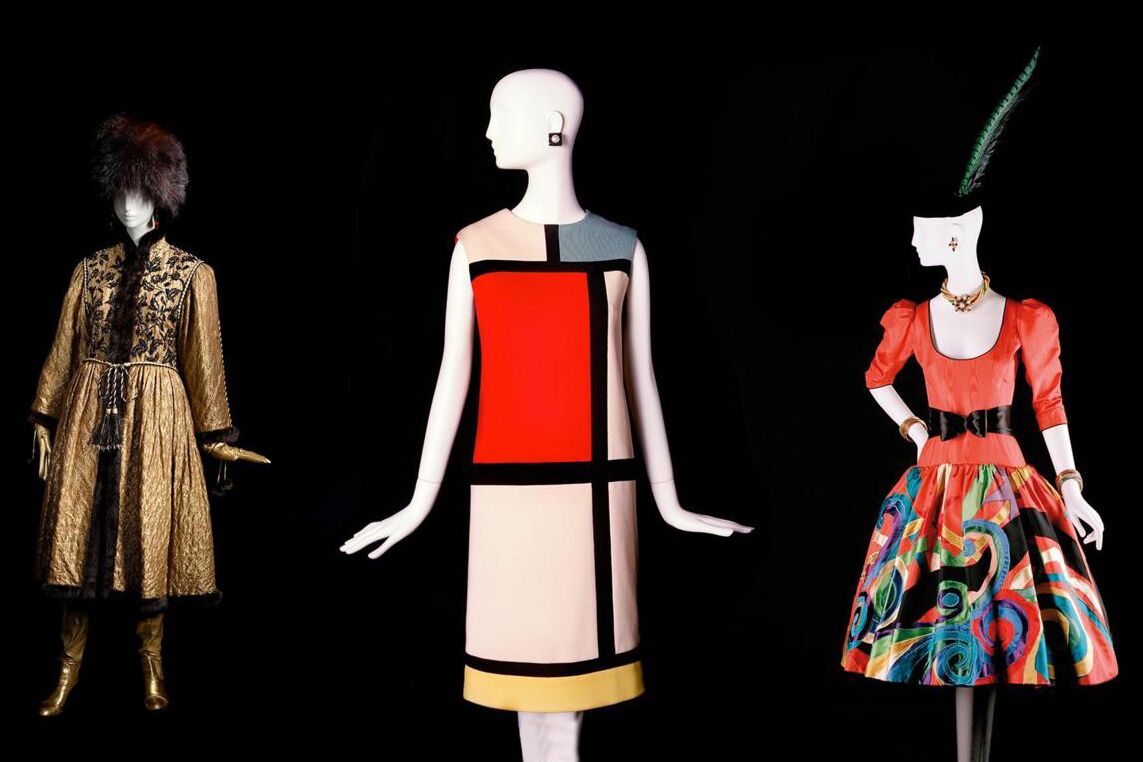
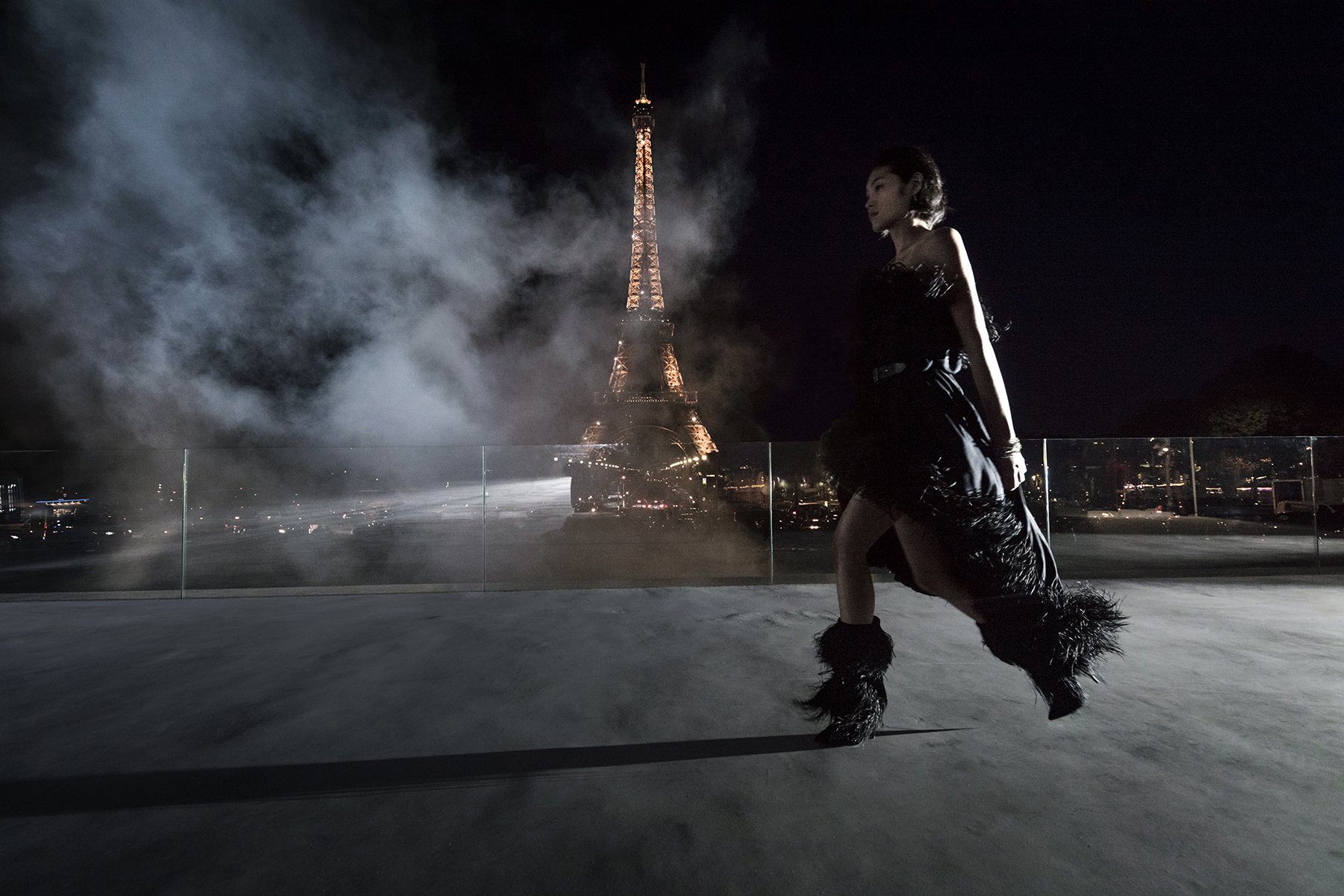
Saint Laurent understands that elegance must be revised, and thanks to his creations, he gives new life to the modern woman, who, by now, lives in a world that has expanded its borders and who can travel wherever.
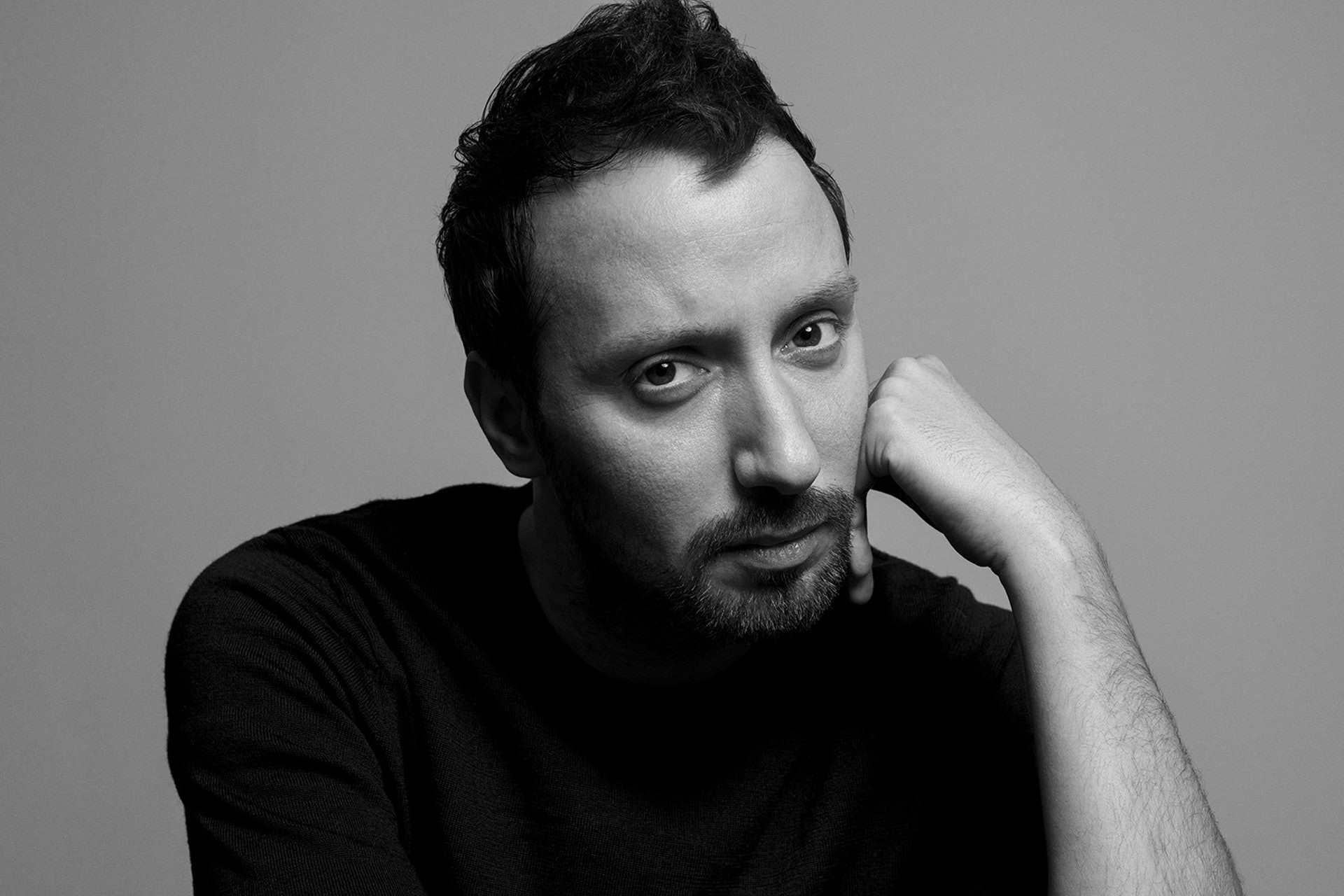
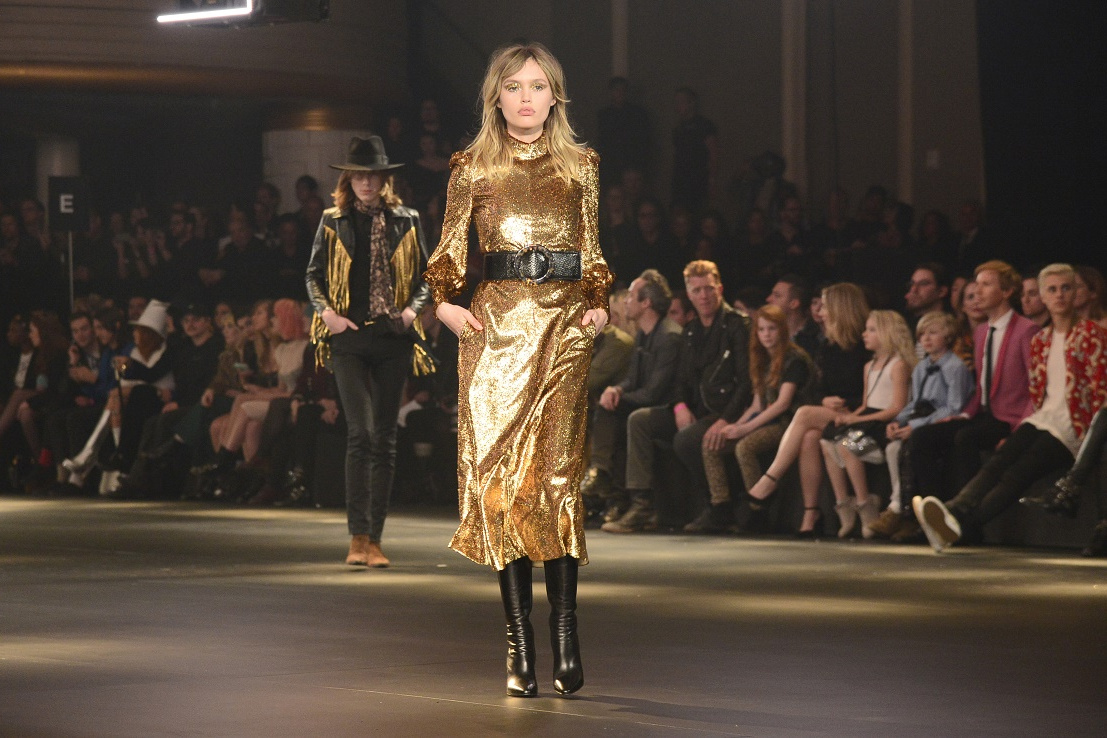
This is how, in 1966, his iconic piece is born: the female tuxedo freely inspired by Marlene Dietrich, and with what he definitively gives power to women. He also created the first Saharan blazers and trench coats.
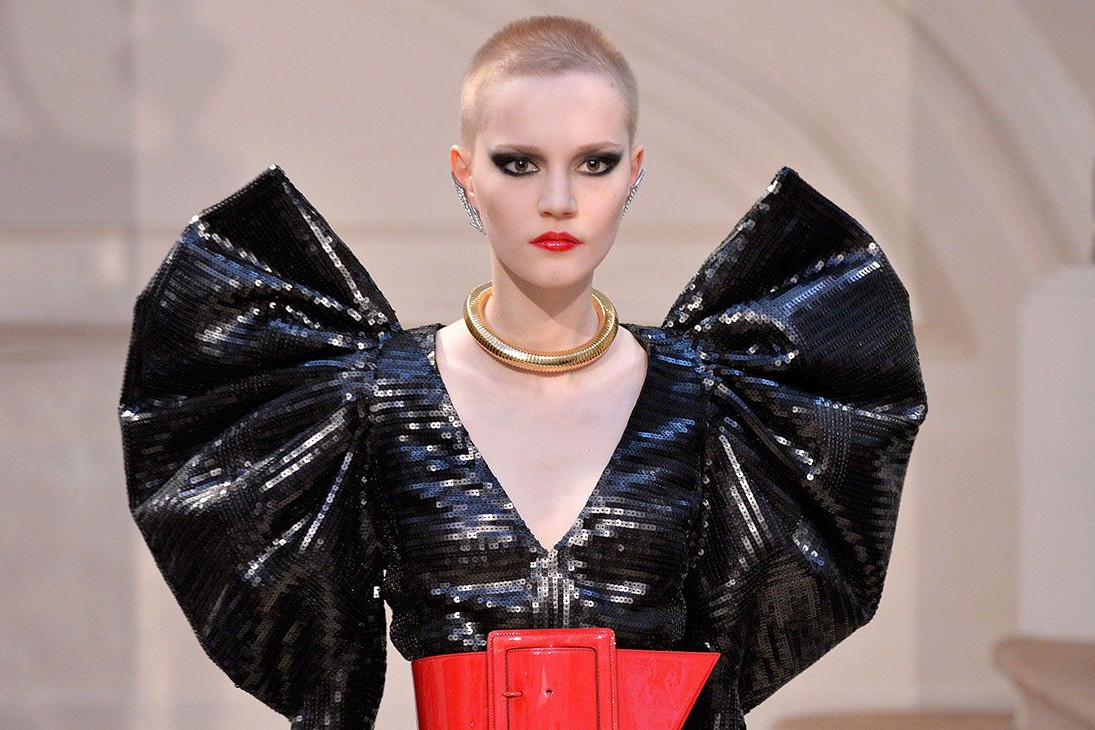
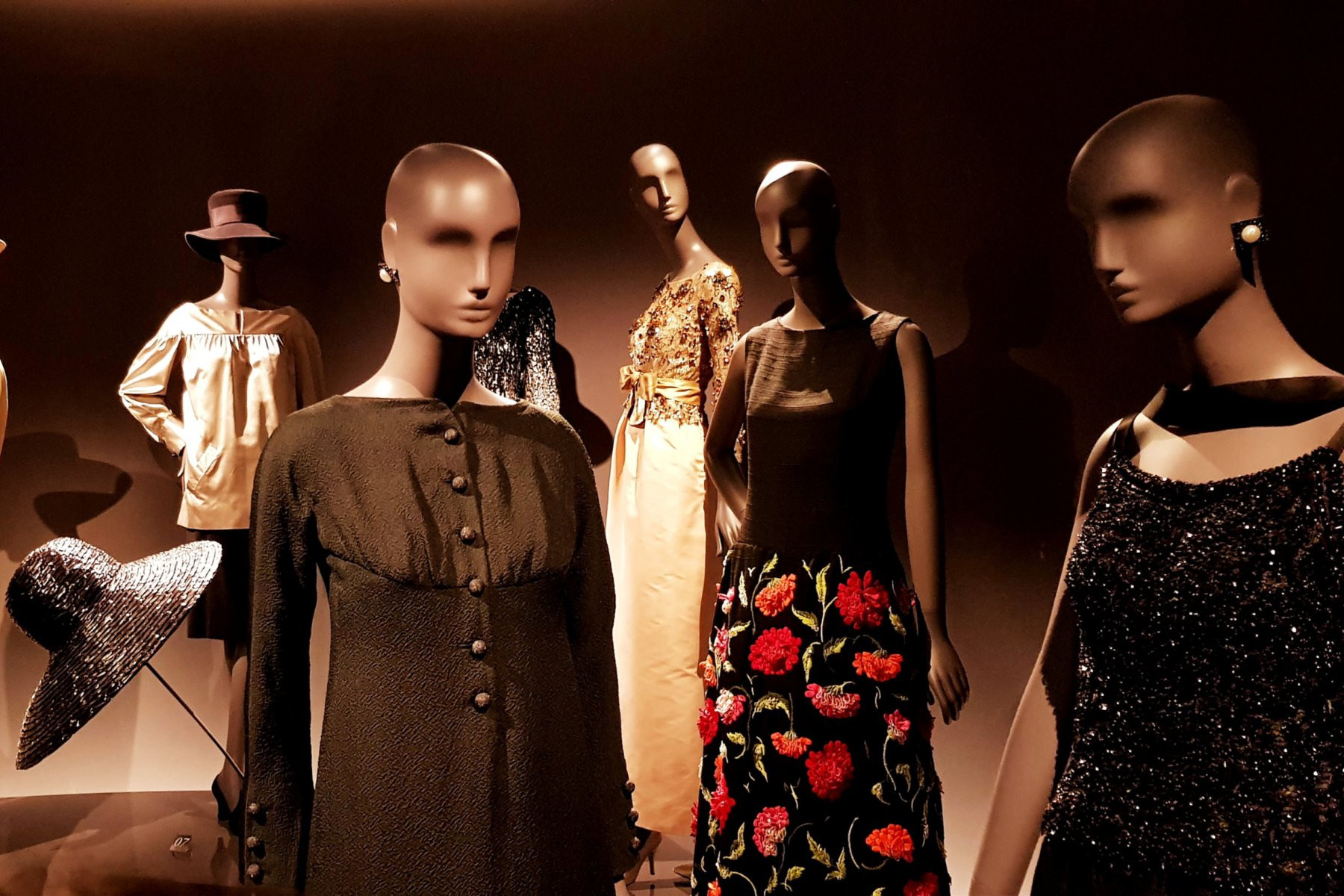
Saint Laurent was not the first to introduce “stolen” pieces of men’s clothing to the women’s collection; what he revolutionized though, was the identity of these garments once he had “crossed that border line”.
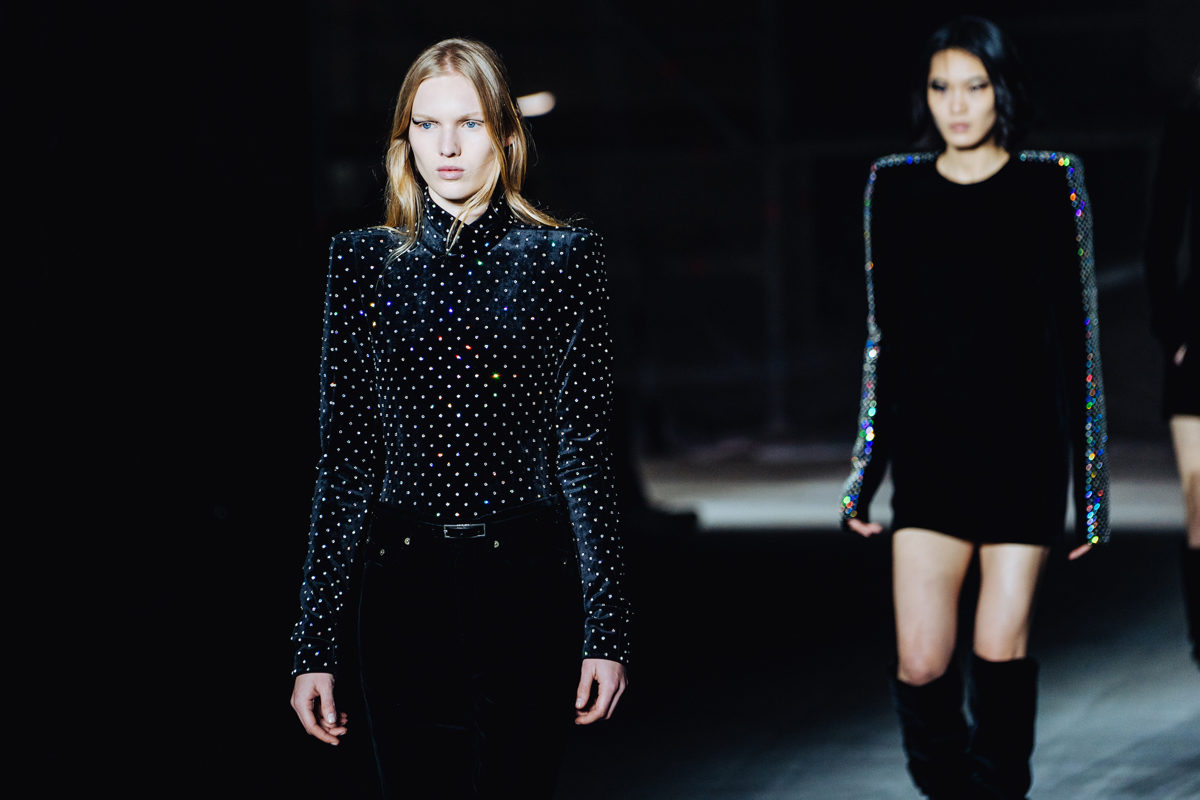

The Haute Couture Designer was also the first to introduce animal print fabrics in his collections, and he the first to have black people on the catwalk.
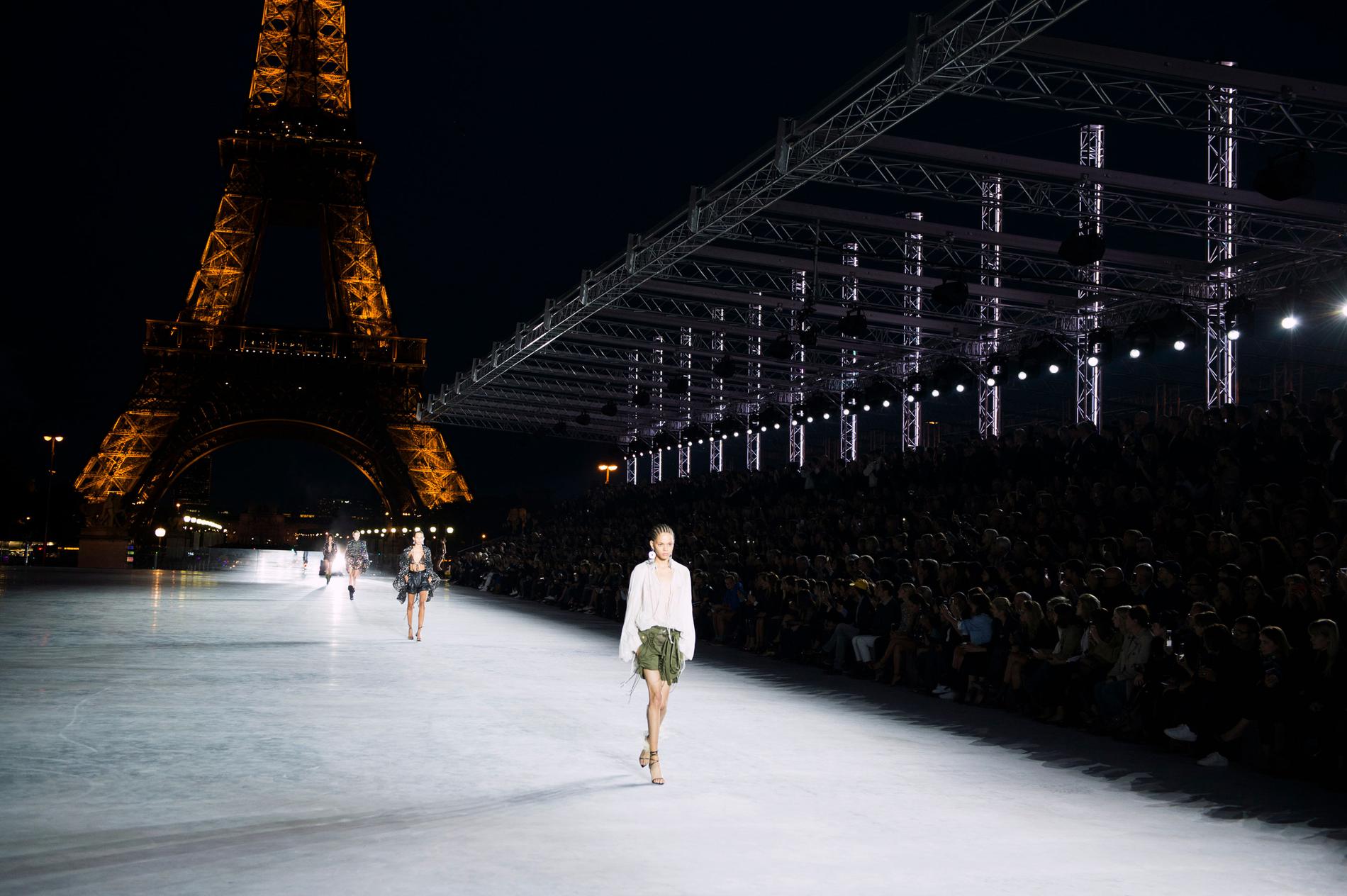
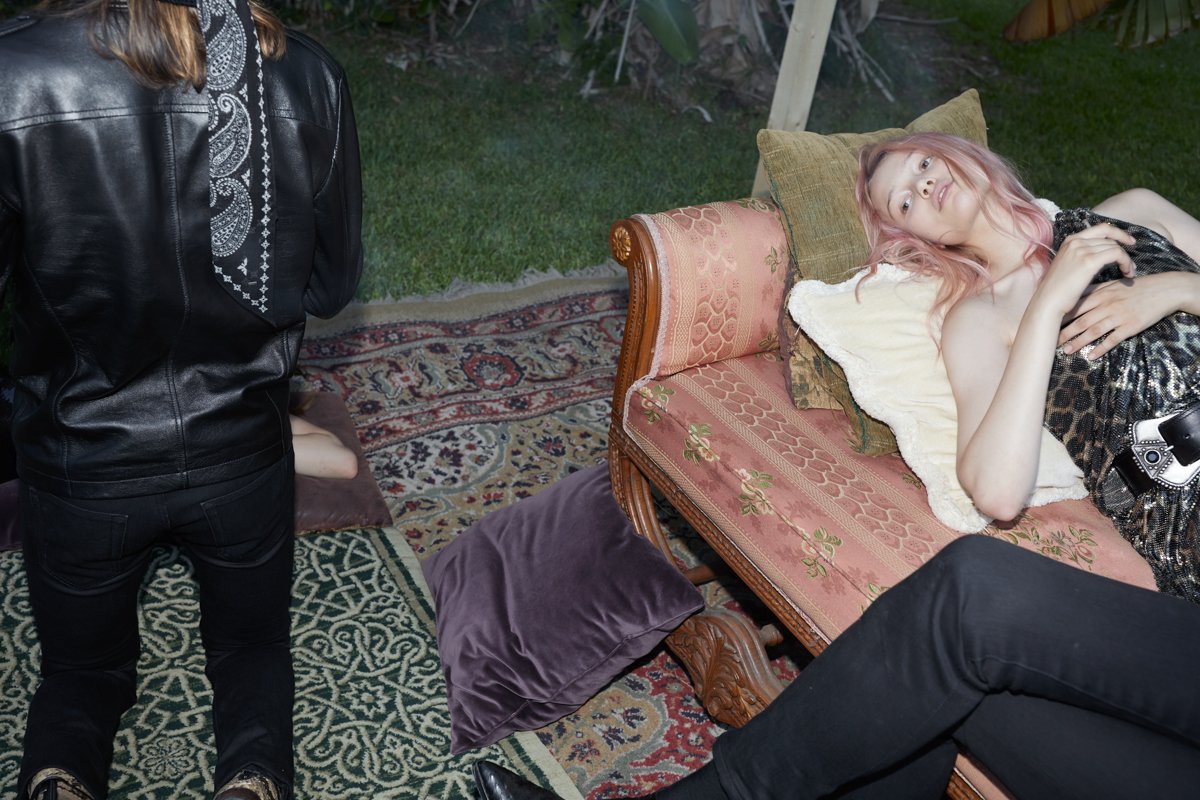
But Yves Saint Laurent had another strong point: as brilliant colorist, he insisted, in the years, to bring his creations to the limit with painting, drawing inspiration from the world of art, continuing a tradition where also the artists were distinguished such as Sonia Delaunay, Giacomo Balla or Alexandre Rodchenko.
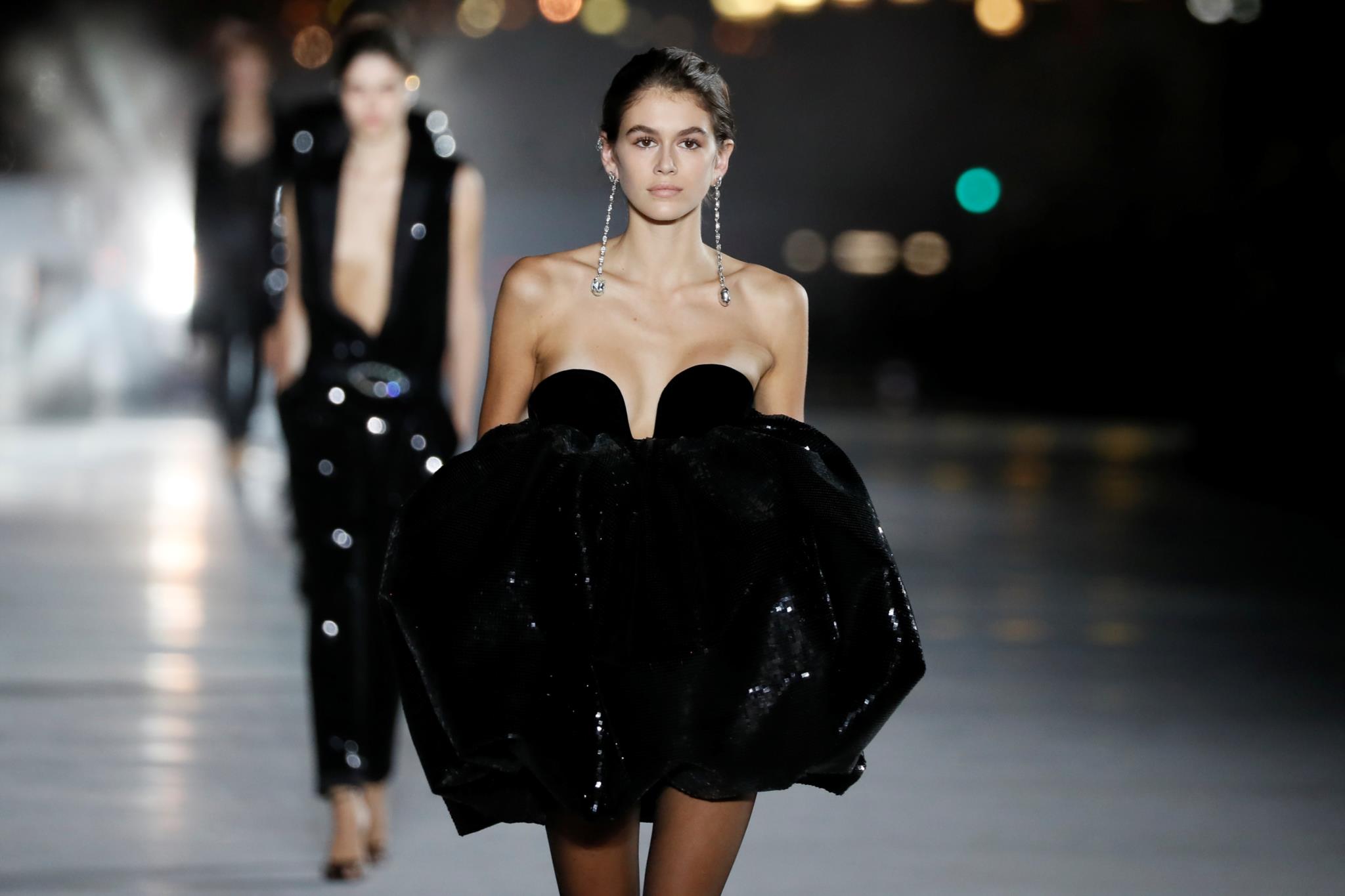
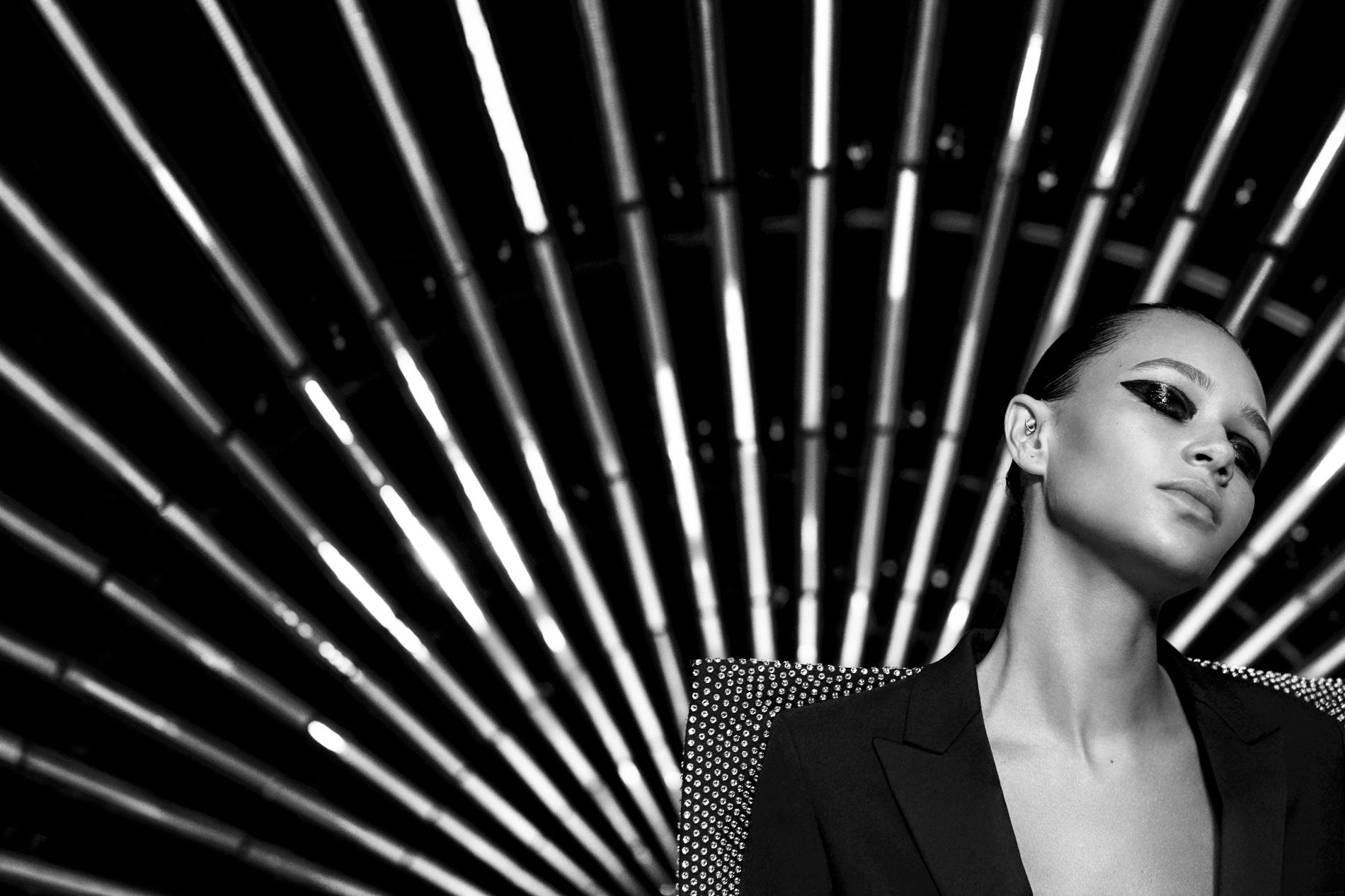
This is how the designer opens up a direct relationship between his love for art and a personal interpretationtransferred in his couture creations. It is a passion that he portrays in his private collection, evaluated in 2009 by Christies as the most expensive in the world.


The artists that he adores are not simply transferred on silk, wool or jersey; they give him the inspiration to reinvent a language, his own language. He chooses his fabrics freely to compose a palette: from red, to pink to black, until the realization of the most unexpected combinations are composed, like that of blue and black to overturn the traditional use of tones in Haute Couture of that time.
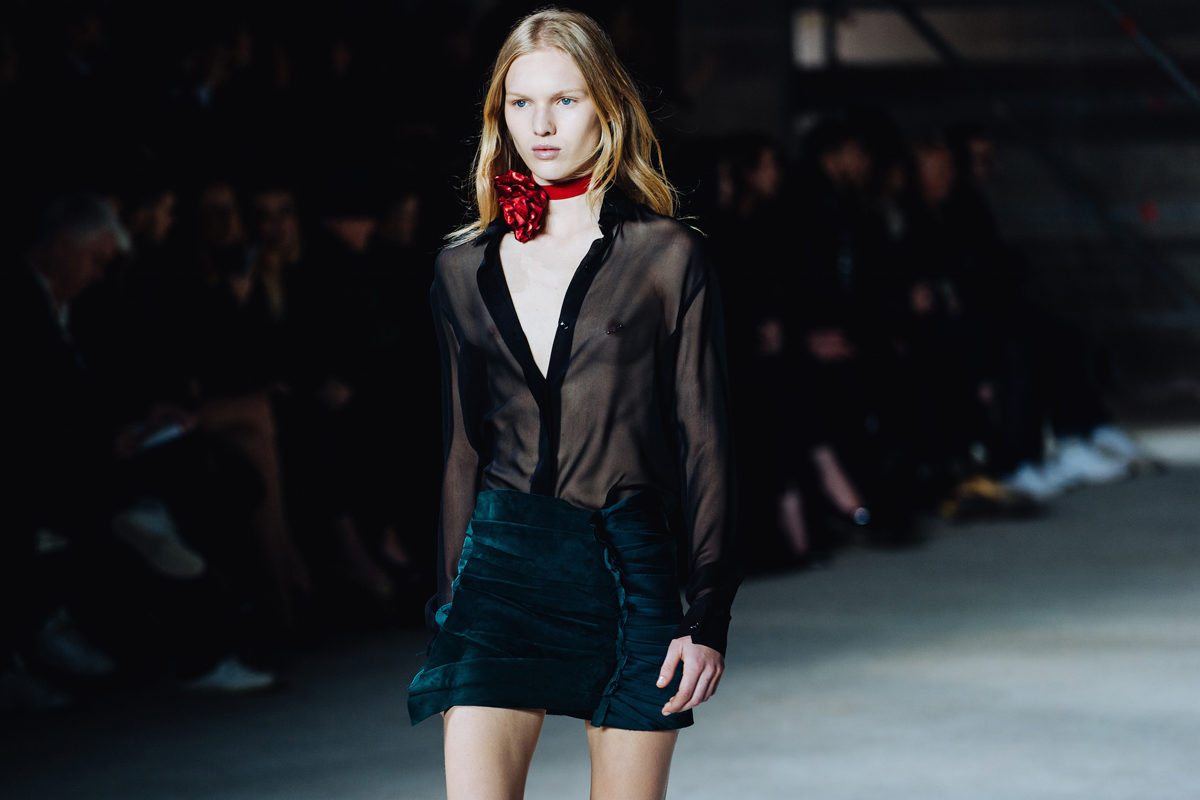
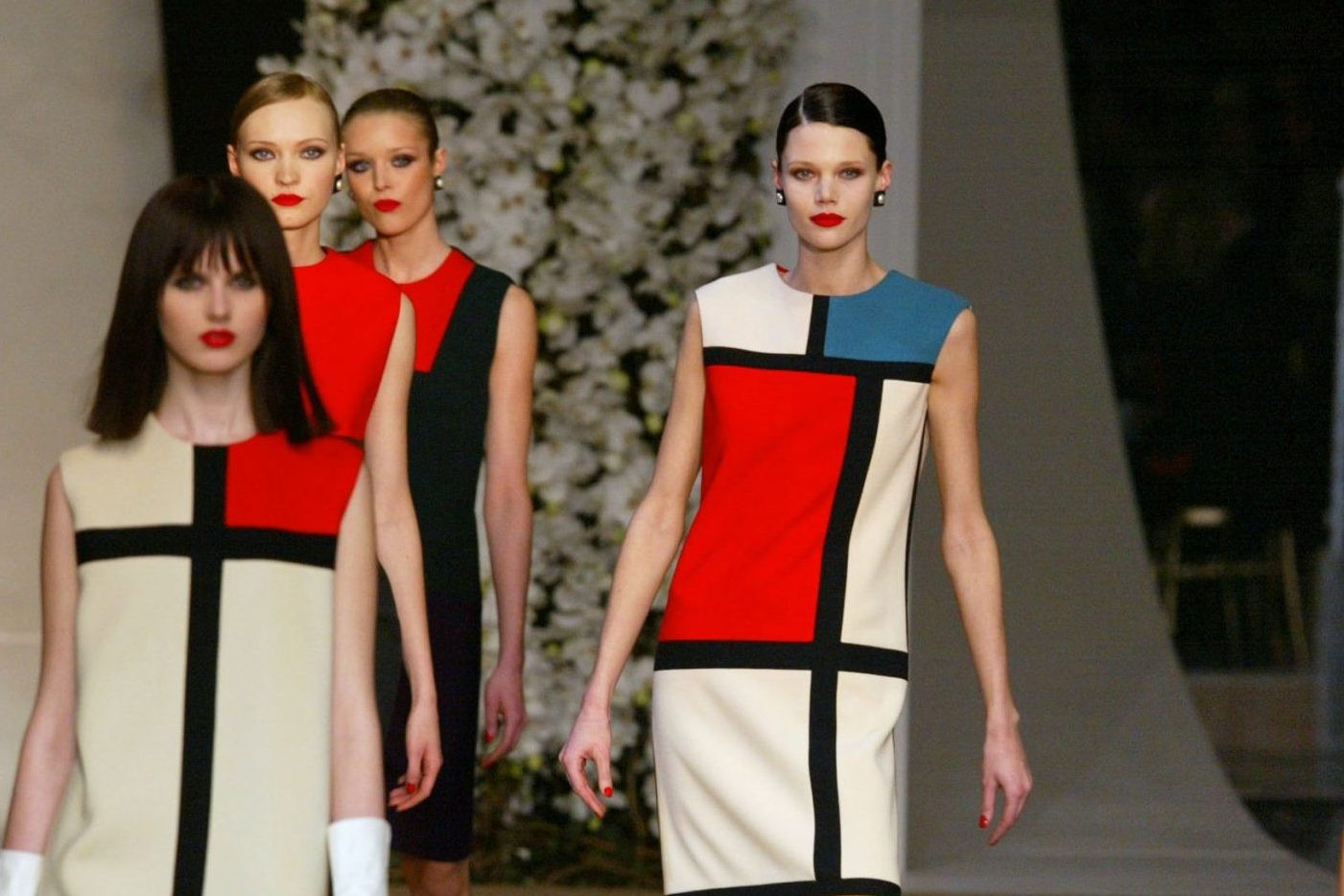
In 1965, the first Saint Laurent artistic tribute takes place that combines the essentials of the Mondrian lines with a collection entirely dedicated to the artist. Le robe Mondrian was the first example of how the designer was able to “translate” a canvas on fabric.

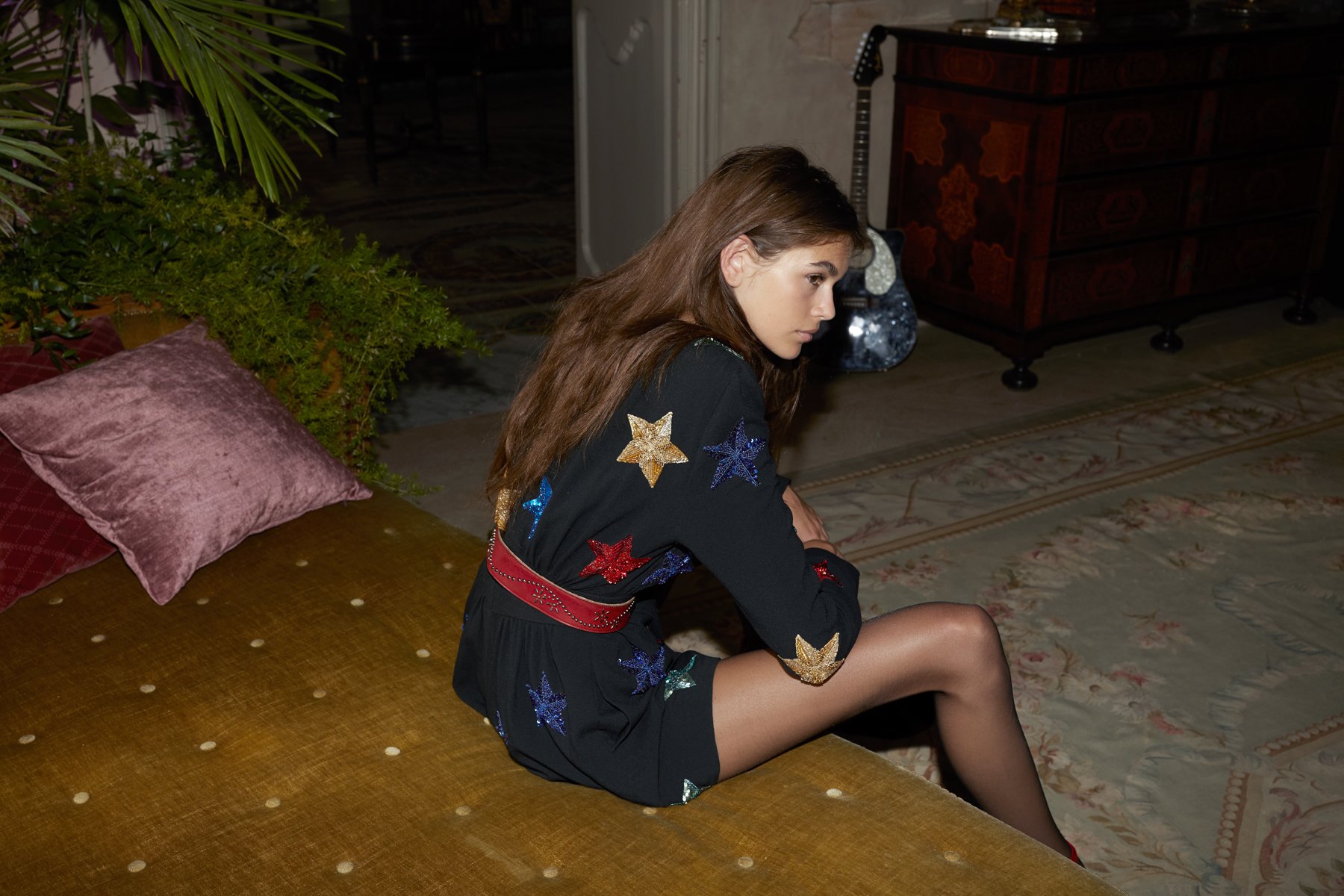
Precision in the lines, respect for the geometric shapes and of colors that come to life on the body of a woman.In 1966, the Pop Art Collection that, from his inspiration of Wasselman, he definitively breaks all of the barriers between art and fashion in accordance to the Andy Warhol spirit.
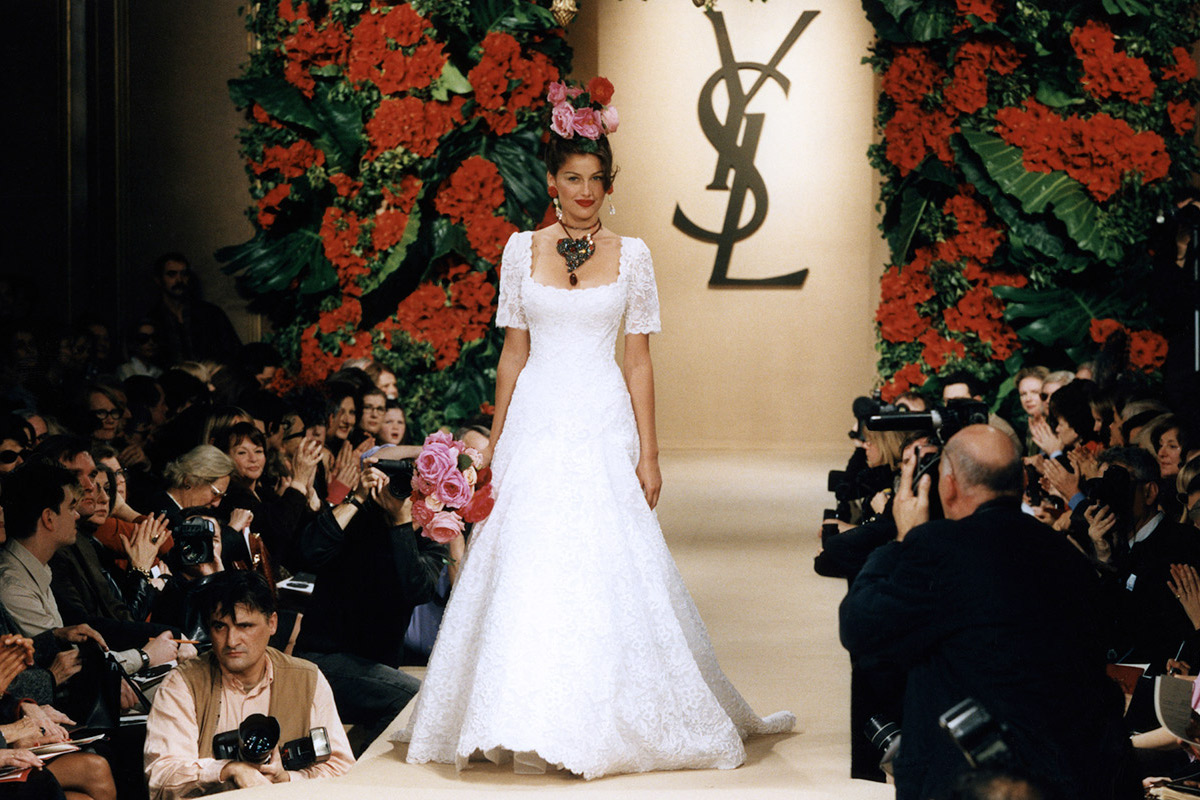
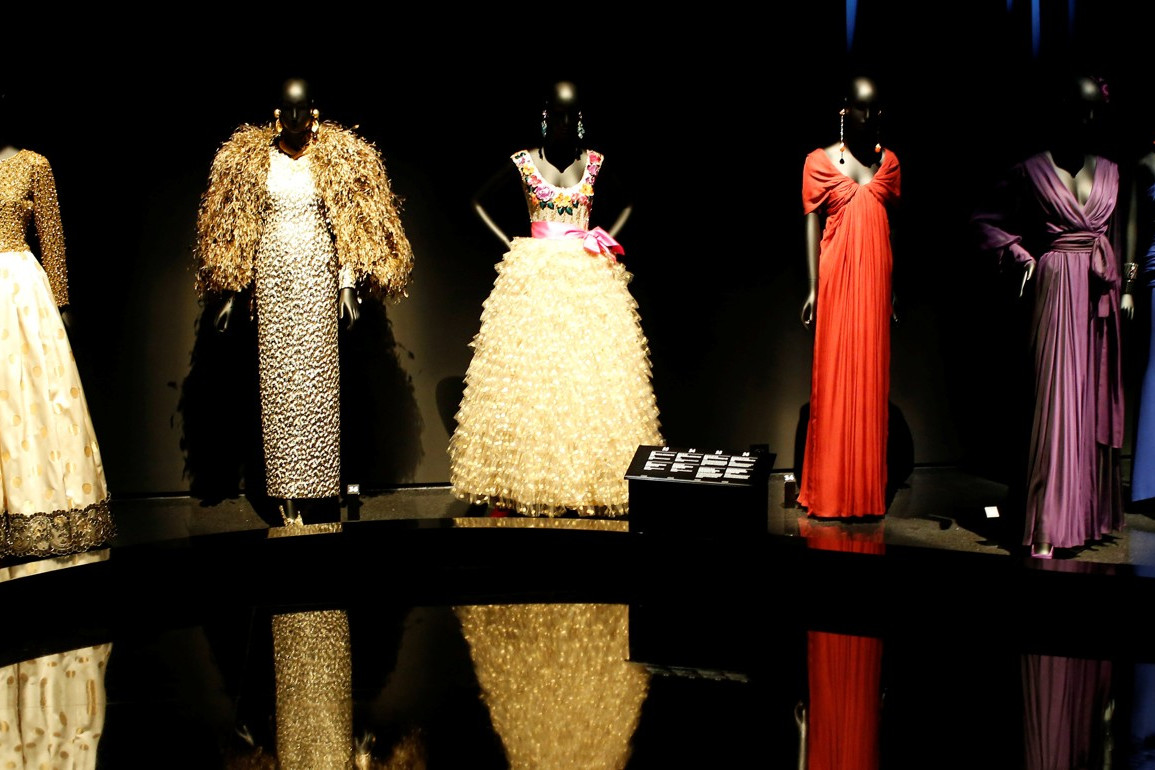
The garments that are born from this union are characterized by contrasting vibrations of colors. 1969 was the year of “sculpture clothing” inspired by Claude Lalanne, meanwhile from Cubism, collections are born that unite the revolutionary works of Picasso and Braque, where heterogeneous materials are attached, connected and sewed, combining them with oil paints.

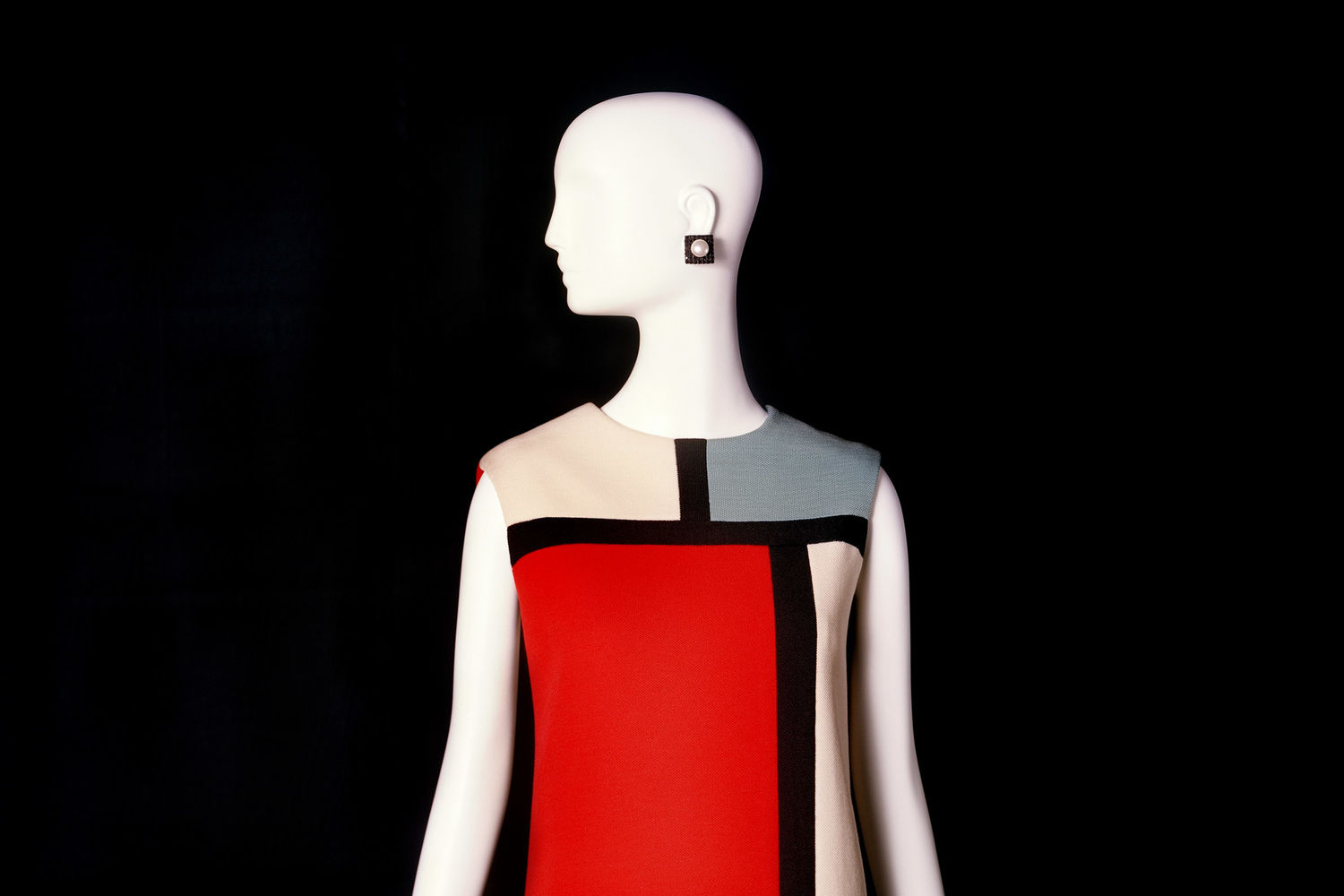
In 1988, homage to Picasso was paid: a construction of jackets worn on black skirts of the most essential collections. The hips, the arabesque of life, are emphasized using guitar outlines that helps explode the musicality of the female body.

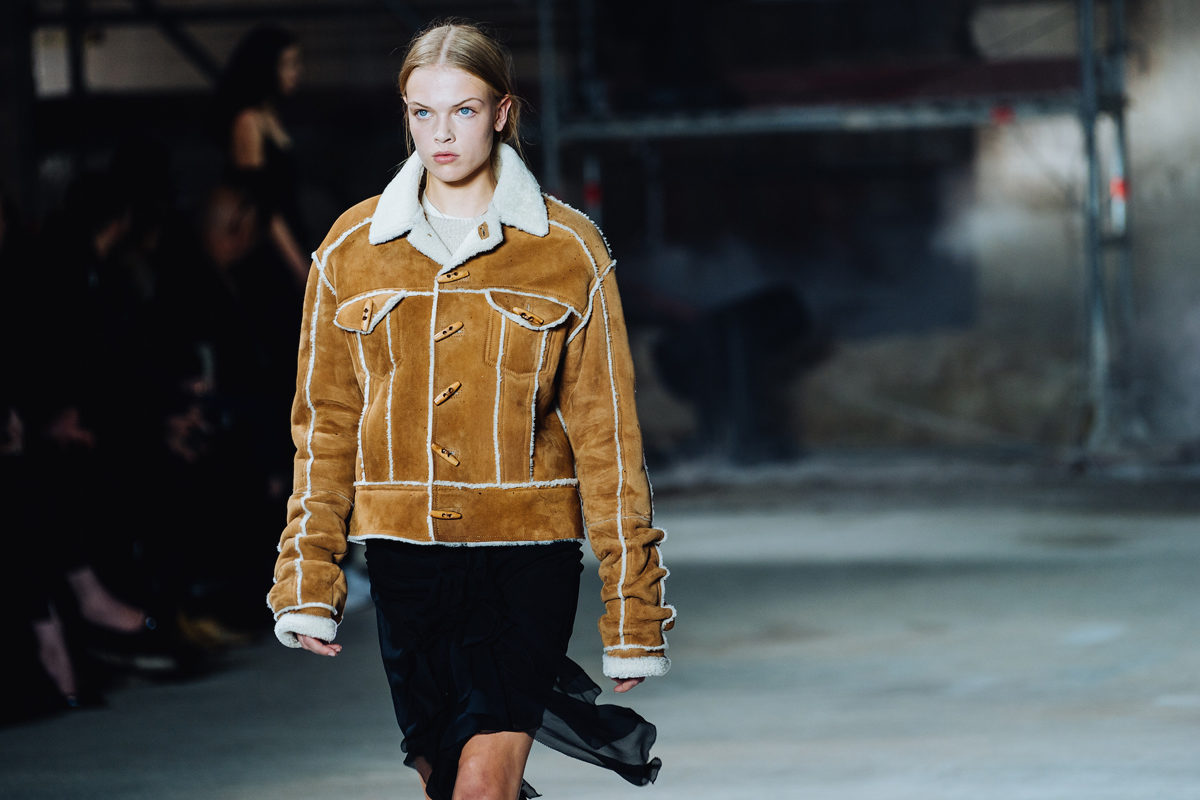
Saint Laurent continues to experiment with color combinations, in 1980, with “Le robes Matisse”, characterized by violence, typical of the Fauves movement, on fabric. When he is asked: If fashion is art or not? He would answer: “Fashion is an art but it needs an artist to exist, clothing is certainly less important than music, architecture and paintings, but it is what I knew how to do and what I did, maybe, contributing in the transformations of my era”.
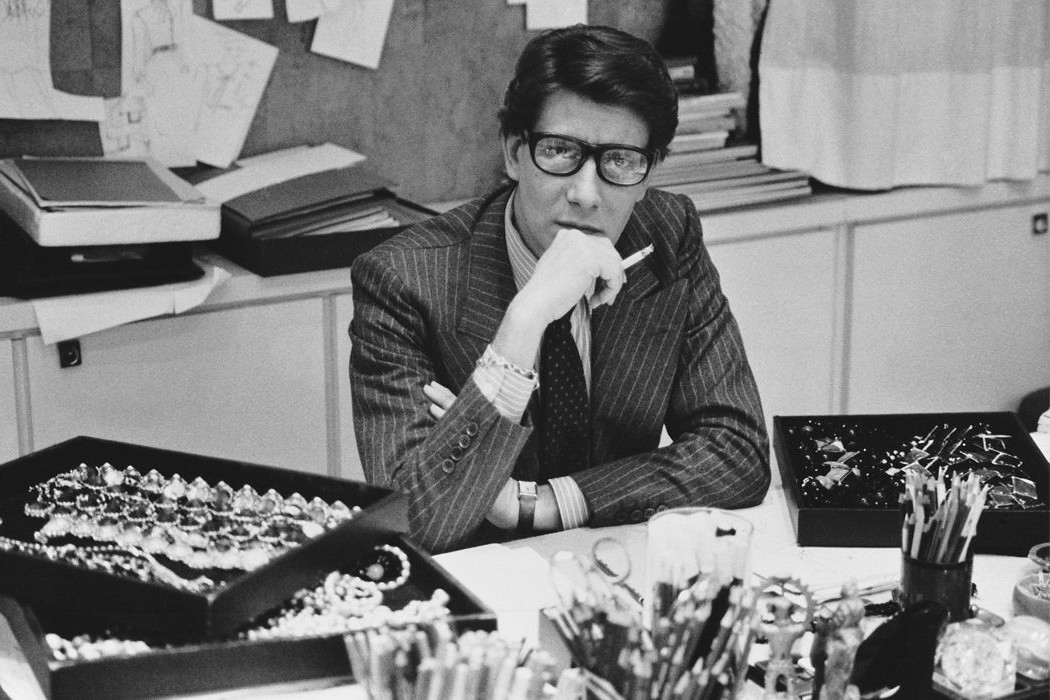
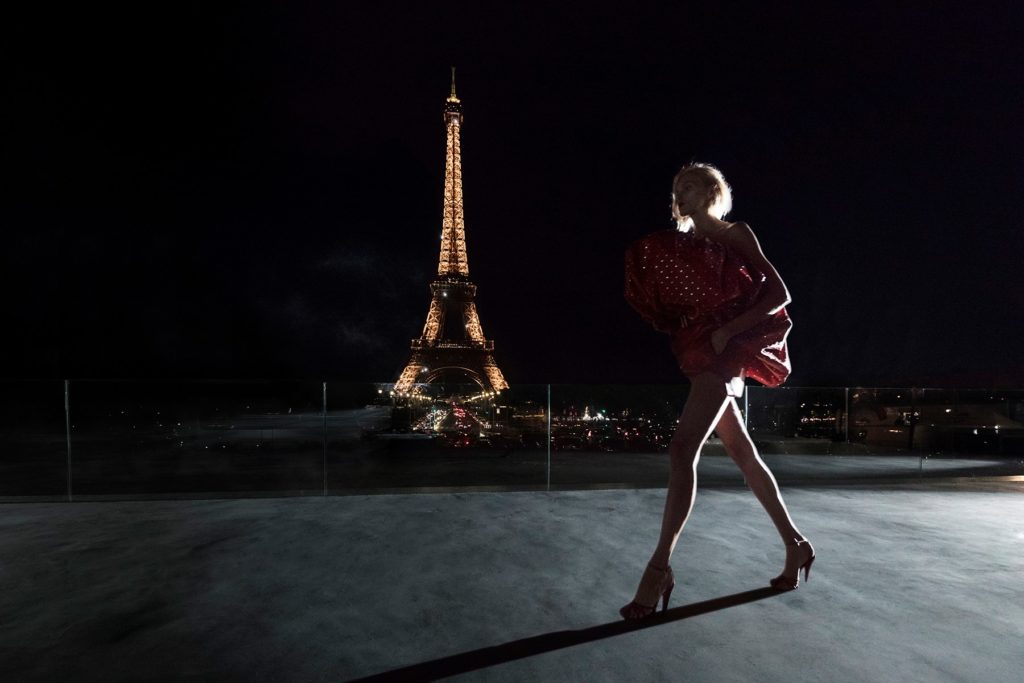
Products Yves Saint Laurent Eyewear
Products Yves Saint Laurent
Products Yves Saint Laurent Beauty
Yves Saint Laurent Eyewear
The Last Couturier
«If Chanel gave women their freedom, it was Saint Laurent who empowered them » − Pierre Bergé

History

Yves Saint Laurent, an Haute Couture designer that changed how the modern woman dresses, and has made it an art.


A Designer born from his passion for art, the signature style of his collections, where he unites opposites of this beautiful Universe to which he has always belonged. Yves Saint Laurent, the last of the Haute Couture Designers, born on August 1st in the French colony of Oran, Algeria.


At only 18 years of age he moved to Paris to follow his dream, to win the International Wool Secretariat contest, designing a black cocktail gown with an asymmetrical neckline that was later created by Hubert de Givenchy.


In the mid-1950’s he joined the “Maison Dior”, taking the place of the designer, he then created the “Trapéze” collection that changed French fashion forever.


A few years later, Yves opens up his own maison du Haute Couture in collaboration with Pierre Bergé and the financial support of J. Mack Robinson, an American that had seen a rare drive in the young designers: it is 1962, the year that the legend was born.


His very first collection was presented on January 29th, 1962 and was defined by Life as “the best tailleur collection around after those of Chanel”, but it is in his fall/winter collection that he brings to the catwalk his first revision, the pea coat for women.


Saint Laurent understands that elegance must be revised, and thanks to his creations, he gives new life to the modern woman, who, by now, lives in a world that has expanded its borders and who can travel wherever.


This is how, in 1966, his iconic piece is born: the female tuxedo freely inspired by Marlene Dietrich, and with what he definitively gives power to women. He also created the first Saharan blazers and trench coats.


Saint Laurent was not the first to introduce “stolen” pieces of men’s clothing to the women’s collection; what he revolutionized though, was the identity of these garments once he had “crossed that border line”.


The Haute Couture Designer was also the first to introduce animal print fabrics in his collections, and he the first to have black people on the catwalk.


But Yves Saint Laurent had another strong point: as brilliant colorist, he insisted, in the years, to bring his creations to the limit with painting, drawing inspiration from the world of art, continuing a tradition where also the artists were distinguished such as Sonia Delaunay, Giacomo Balla or Alexandre Rodchenko.


This is how the designer opens up a direct relationship between his love for art and a personal interpretationtransferred in his couture creations. It is a passion that he portrays in his private collection, evaluated in 2009 by Christies as the most expensive in the world.


The artists that he adores are not simply transferred on silk, wool or jersey; they give him the inspiration to reinvent a language, his own language. He chooses his fabrics freely to compose a palette: from red, to pink to black, until the realization of the most unexpected combinations are composed, like that of blue and black to overturn the traditional use of tones in Haute Couture of that time.


In 1965, the first Saint Laurent artistic tribute takes place that combines the essentials of the Mondrian lines with a collection entirely dedicated to the artist. Le robe Mondrian was the first example of how the designer was able to “translate” a canvas on fabric.


Precision in the lines, respect for the geometric shapes and of colors that come to life on the body of a woman.In 1966, the Pop Art Collection that, from his inspiration of Wasselman, he definitively breaks all of the barriers between art and fashion in accordance to the Andy Warhol spirit.


The garments that are born from this union are characterized by contrasting vibrations of colors. 1969 was the year of “sculpture clothing” inspired by Claude Lalanne, meanwhile from Cubism, collections are born that unite the revolutionary works of Picasso and Braque, where heterogeneous materials are attached, connected and sewed, combining them with oil paints.


In 1988, homage to Picasso was paid: a construction of jackets worn on black skirts of the most essential collections. The hips, the arabesque of life, are emphasized using guitar outlines that helps explode the musicality of the female body.


Saint Laurent continues to experiment with color combinations, in 1980, with “Le robes Matisse”, characterized by violence, typical of the Fauves movement, on fabric. When he is asked: If fashion is art or not? He would answer: “Fashion is an art but it needs an artist to exist, clothing is certainly less important than music, architecture and paintings, but it is what I knew how to do and what I did, maybe, contributing in the transformations of my era”.


Products Yves Saint Laurent Eyewear
Products Yves Saint Laurent
Products Yves Saint Laurent Beauty
-
Yves Saint Laurent - SL 467 Sunglasses - Red - Sunglasses - Saint Laurent...
Sunglasses with thick acetate frames and nylon lenses, featuring Saint Laurent engraved temples.
259,25 € 305,00 € -15%Reduced price ! -
Yves Saint Laurent - SL 51 Slim Metal Sunglasses - Black - Sunglasses - Saint...
Slim-fit sunglasses with square metal wellington frames and nylon lenses, featuring saint laurent engraved temples.
233,75 € 275,00 € -15%Reduced price ! -
Yves Saint Laurent - SL M90 Sunglasses - Black - Sunglasses - Saint Laurent...
Sunglasses with rounded cat-eye acetate frames and nylon lenses, featuring YSL initials on the temples.
293,25 € 345,00 € -15%Reduced price ! -
Yves Saint Laurent - SL M90 Sunglasses - Light Gold - Sunglasses - Saint...
Sunglasses with rounded cat-eye acetate frames and nylon lenses, featuring YSL initials on the temples.
293,25 € 345,00 € -15%Reduced price ! -
Yves Saint Laurent - SL M90 Sunglasses - Bright Black - Sunglasses - Saint...
Sunglasses with rounded cat-eye acetate frames and nylon lenses, featuring YSL initials on the temples.
293,25 € 345,00 € -15%Reduced price ! -
Yves Saint Laurent - Classic SL 51 Sunglasses - Dark Camel - Sunglasses -...
Sunglasses with tortoiseshell square Wellington frames and nylon lenses.
233,75 € 275,00 € -15%Reduced price ! -
Yves Saint Laurent - Classic SL 51 Sunglasses - Crystal Green - Sunglasses -...
Sunglasses with square Wellington frames and nylon lenses.
233,75 € 275,00 € -15%Reduced price ! -
Yves Saint Laurent - Classic SL 51 Sunglasses - Crystal Green - Sunglasses -...
Sunglasses with square Wellington frames and nylon lenses.
233,75 € 275,00 € -15%Reduced price ! -
Yves Saint Laurent - SL 51 Shield Sunglasses - Gold - Sunglasses - Saint...
Rimless shield sunglasses featuring a metal wellington frame with saint laurent engraved temples and a nylon monolens.
293,25 € 345,00 € -15%Reduced price ! -
Yves Saint Laurent - SL 68 Sunglasses - Medium Havana - Sunglasses - Saint...
Pillowed pentagon cat-eye sunglasses with tortoiseshell acetate frames, nylon lenses and saint laurent engraved temples.
233,75 € 275,00 € -15%Reduced price ! -
Yves Saint Laurent - SL 450 Sunglasses - Medium Havana - Sunglasses - Saint...
Tortoiseshell sunglasses with round acetate frames and nylon lenses, featuring Saint Laurent engraved temples.
259,25 € 305,00 € -15%Reduced price ! -
Yves Saint Laurent - Monogram SL M81 Sunglasses - Black - Sunglasses - Saint...
Cat-eye sunglasses with nylon lenses, featuring enamel temples decorated with YSL initials.
259,25 € 305,00 € -15%Reduced price ! -
Yves Saint Laurent - Monogram SL M81 Sunglasses - Brown - Sunglasses - Saint...
Cat-eye sunglasses with gradient tortoiseshell frames and nylon lenses, featuring enamel temples decorated with YSL initials.
259,25 € 305,00 € -15%Reduced price ! -
Yves Saint Laurent - SL 463 Shield Sunglasses - Light Gold Grey - Sunglasses...
Rimless shield sunglasses with Saint Laurent engraved temples and a nylon monolens.
293,25 € 345,00 € -15%Reduced price ! -
Yves Saint Laurent - SL 463 Shield Sunglasses - Light Gold Brown - Sunglasses...
Rimless shield sunglasses with Saint Laurent engraved temples and a nylon gradient monolens.
293,25 € 345,00 € -15%Reduced price ! -
Yves Saint Laurent - SL 463 Shield Sunglasses - Black - Sunglasses - Saint...
Rimless shield sunglasses with Saint Laurent engraved temples and a nylon monolens.
293,25 € 345,00 € -15%Reduced price ! -
Yves Saint Laurent - SL 463 Shield Sunglasses - Silver - Sunglasses - Saint...
Rimless shield sunglasses with Saint Laurent engraved temples and a nylon monolens.
293,25 € 345,00 € -15%Reduced price ! -
Yves Saint Laurent - Monogram SL M79 Sunglasses - Brown - Sunglasses - Saint...
Tortoiseshell sunglasses with squared cat-eye frames and nylon lenses, featuring temples decorated with YSL initials.
259,25 € 305,00 € -15%Reduced price ! -
Yves Saint Laurent - SL 425 Sunglasses - Black - Sunglasses - Saint Laurent...
Cat-eye sunglasses featuring nylon lenses and Saint Laurent-engraved temples.
259,25 € 305,00 € -15%Reduced price ! -
Yves Saint Laurent - SL 425 Sunglasses - Light Havana - Sunglasses - Saint...
Tortoiseshell cat-eye sunglasses featuring nylon lenses and saint laurent-engraved temples.
259,25 € 305,00 € -15%Reduced price ! -
Yves Saint Laurent - Occhiali da Sole SL 462 - Havana Scuro - Saint Laurent...
Tortoiseshell sunglasses with butterfly wellington frames and nylon lenses, featuring saint laurent engraved temples.
259,25 € 305,00 € -15%Reduced price !



